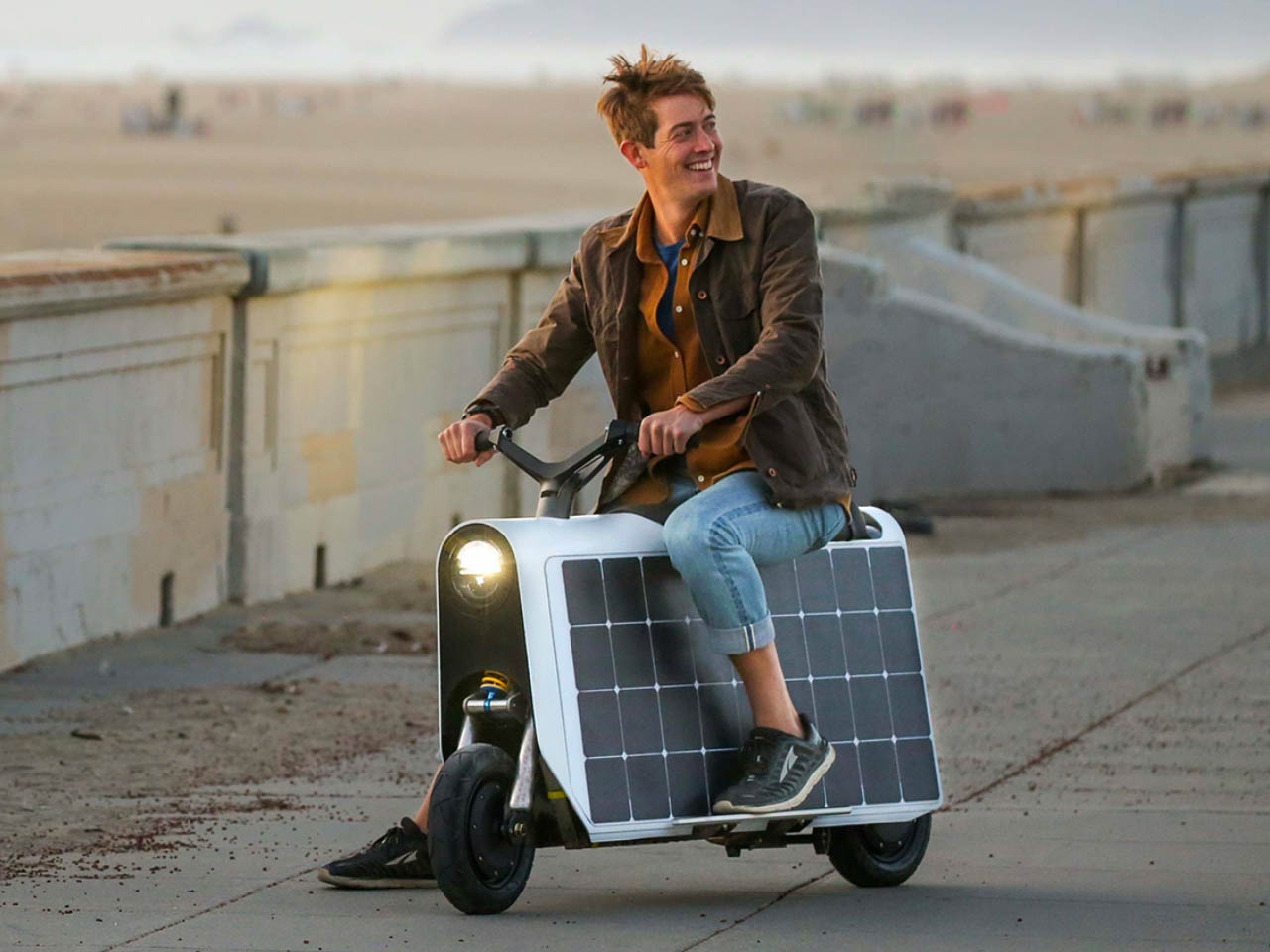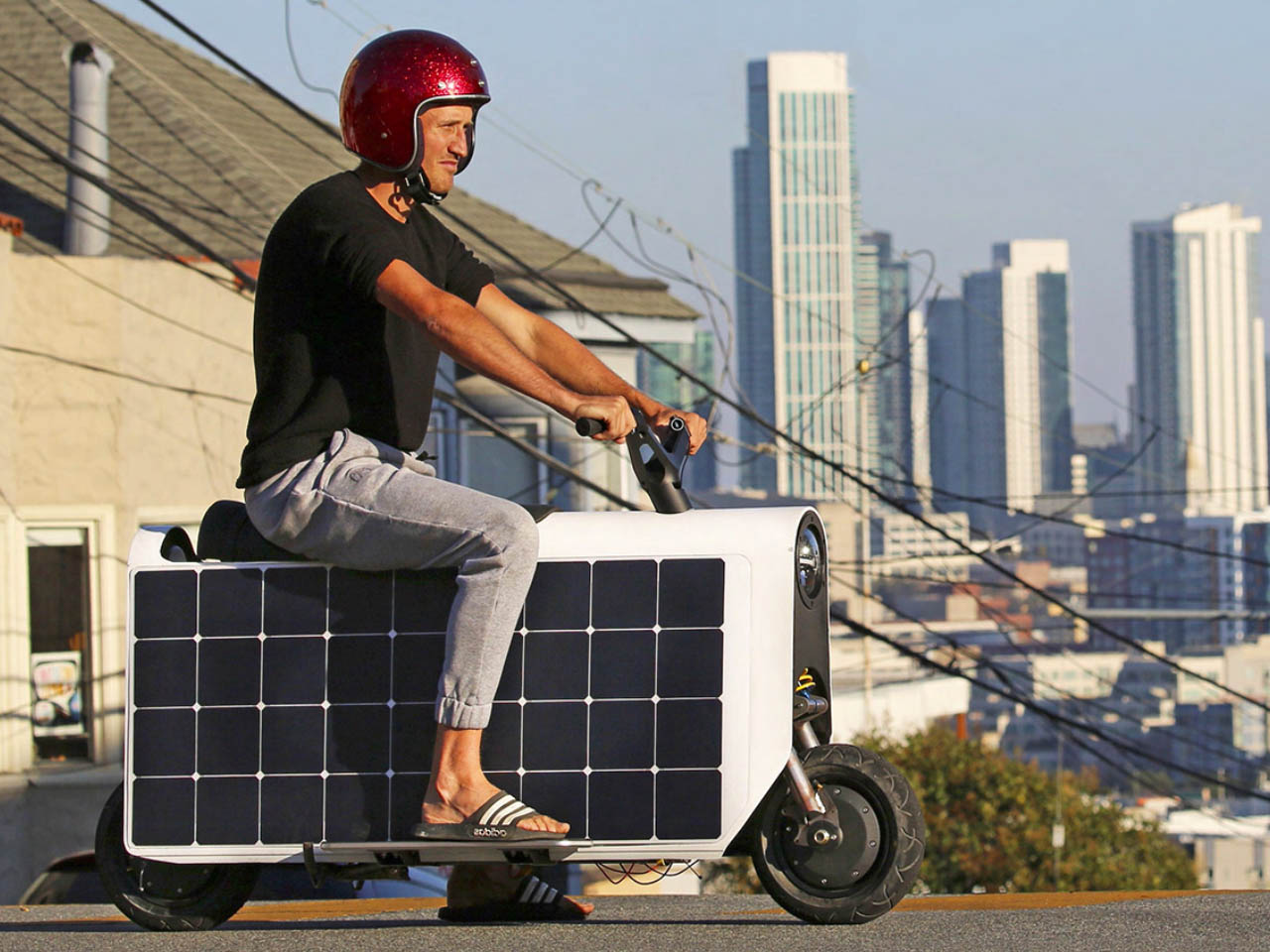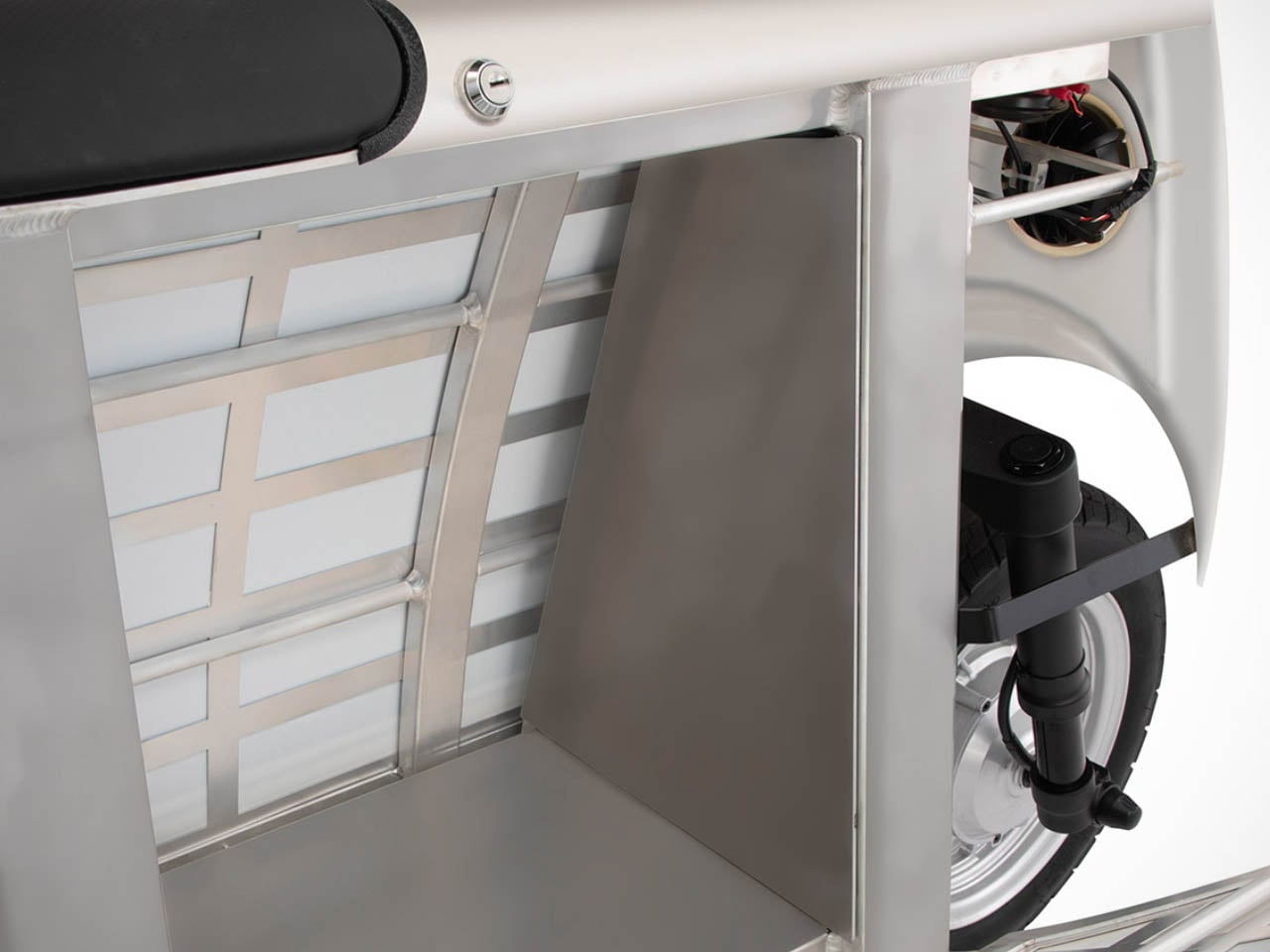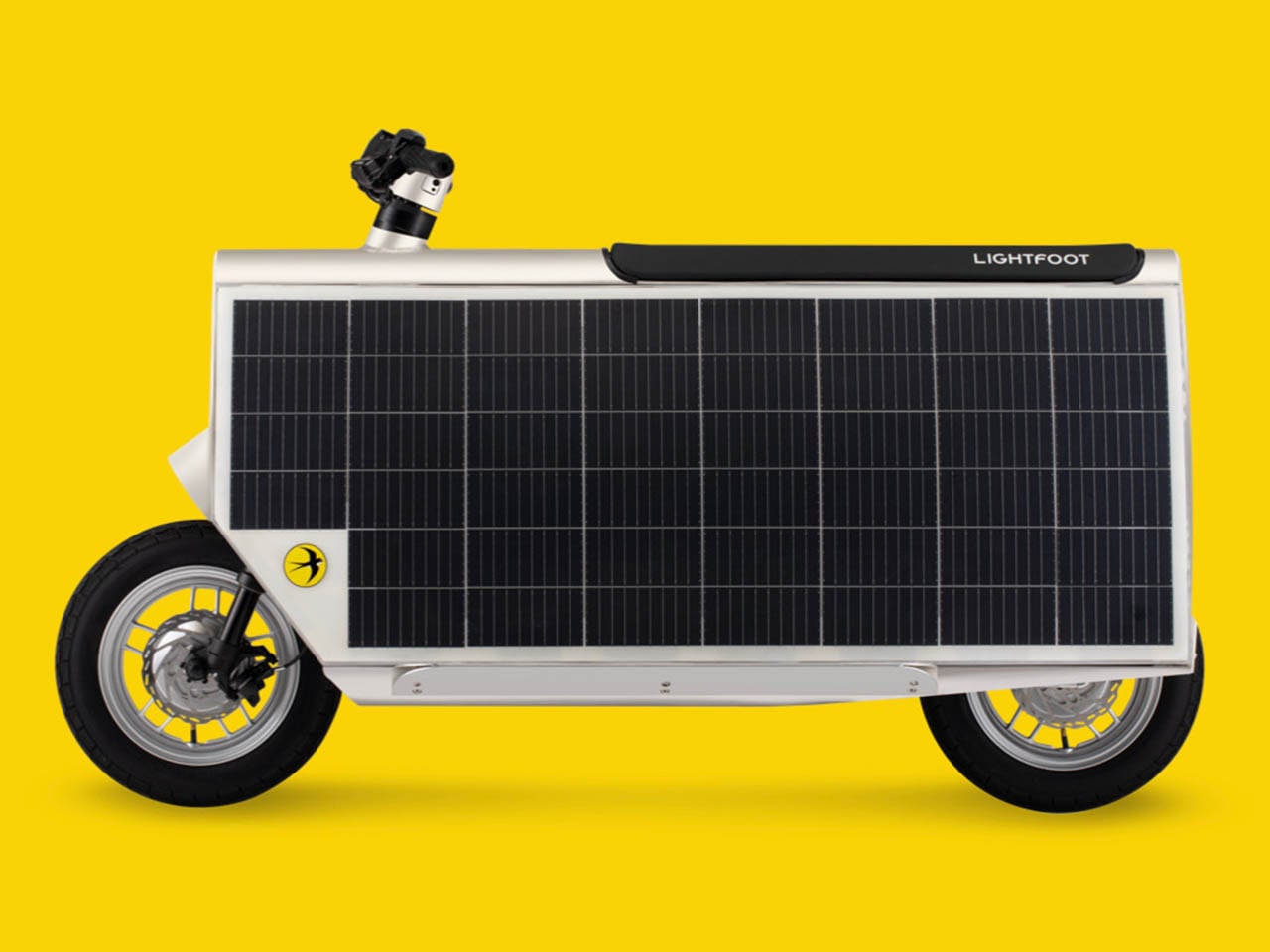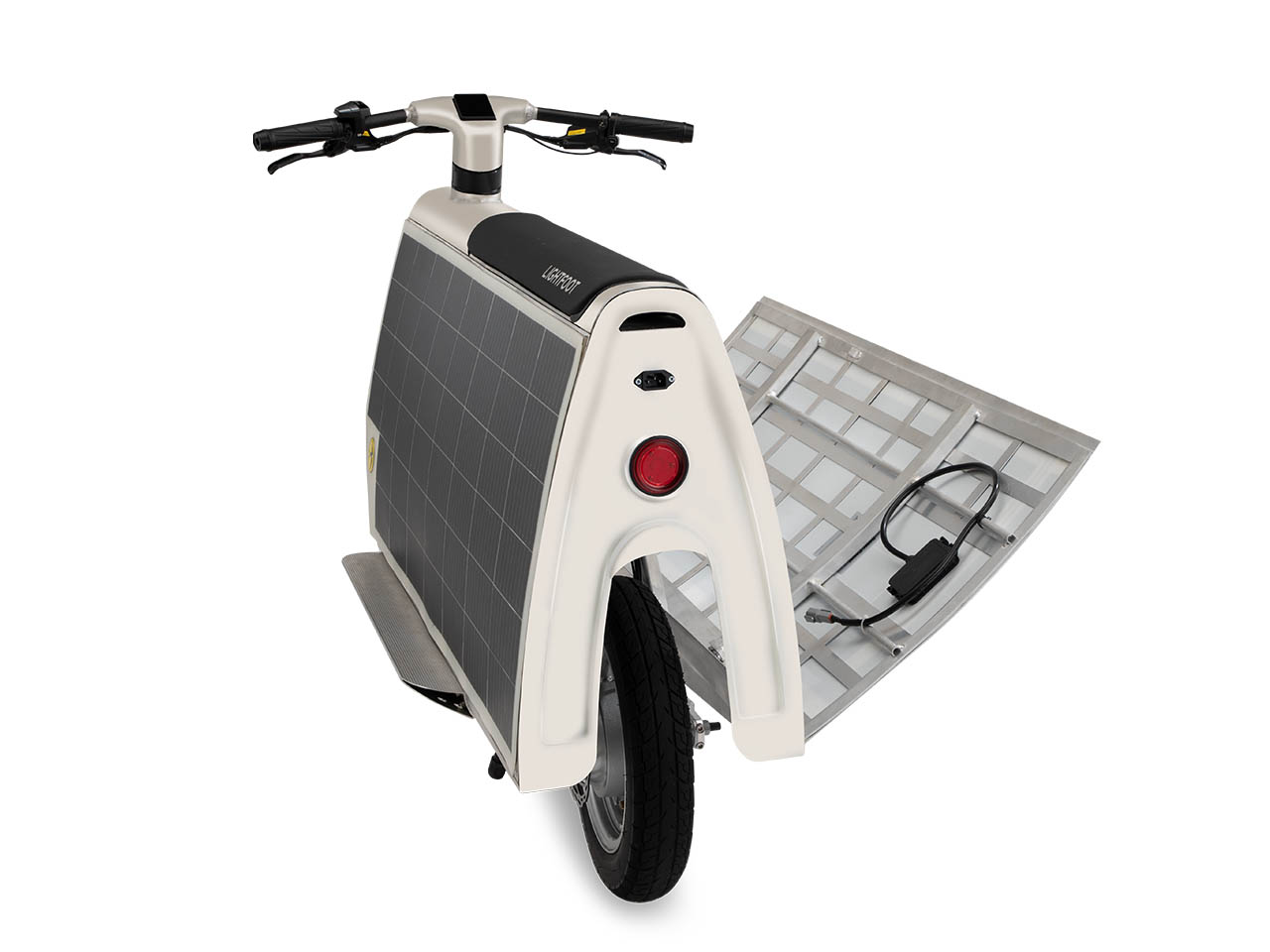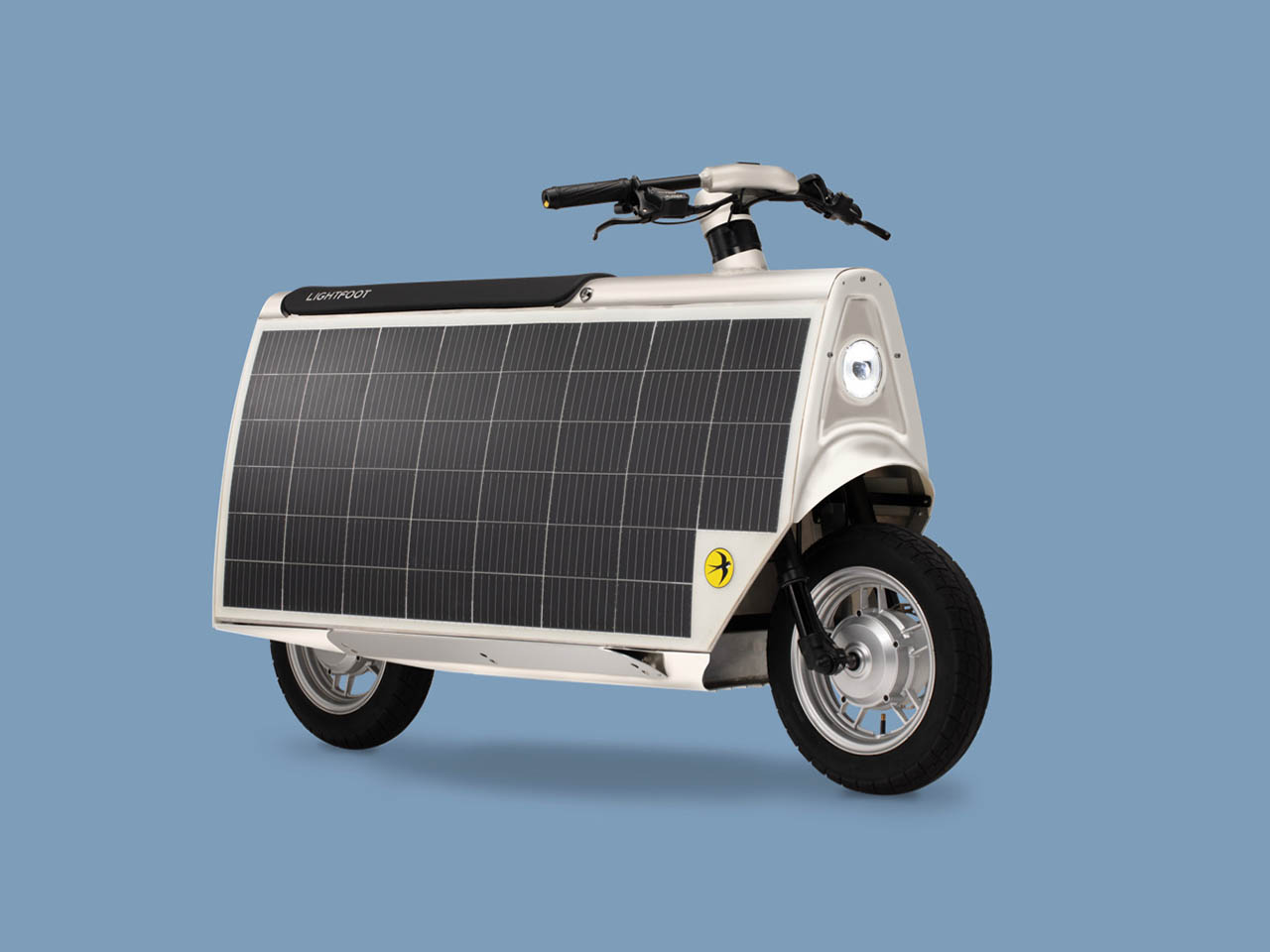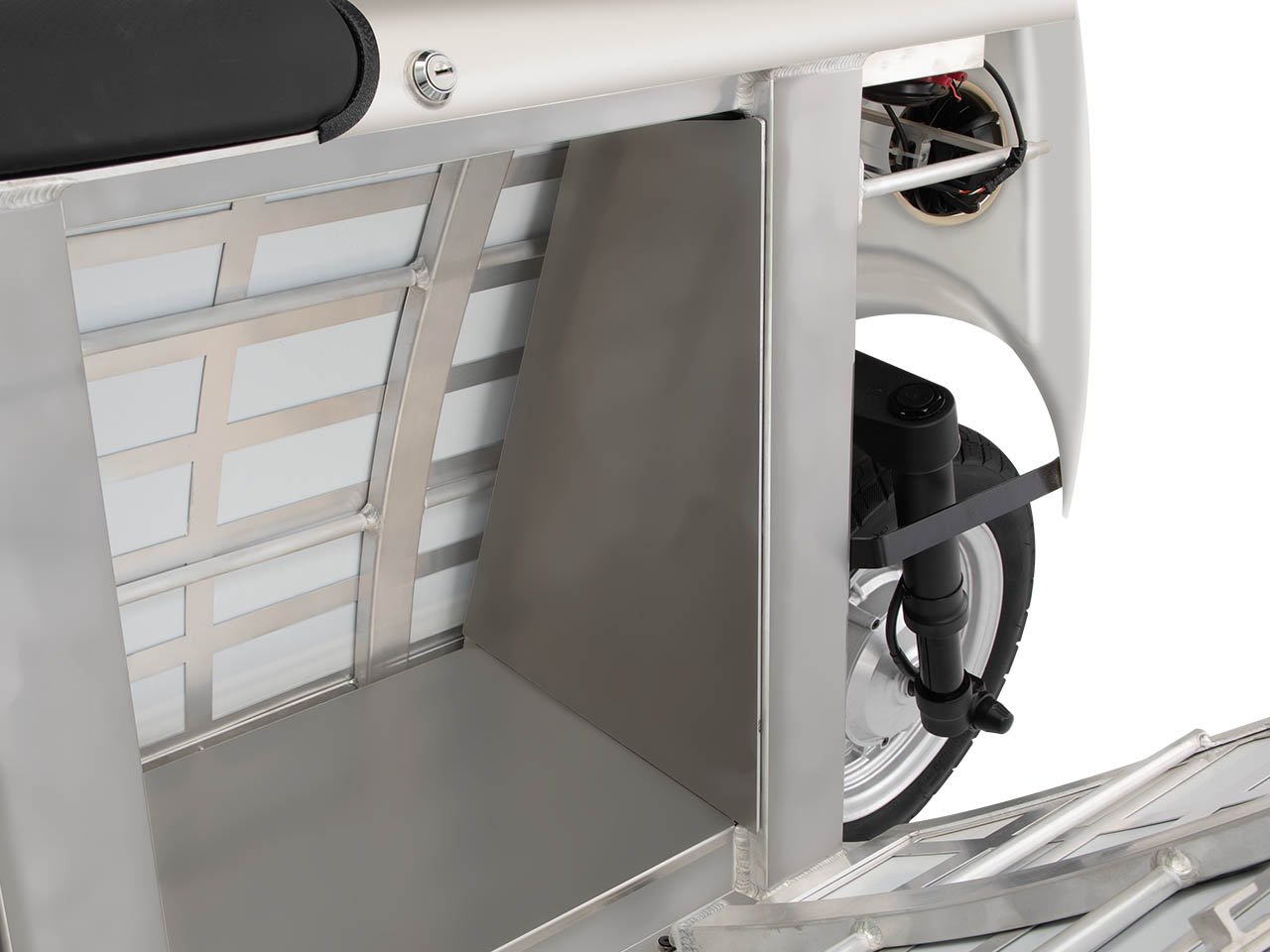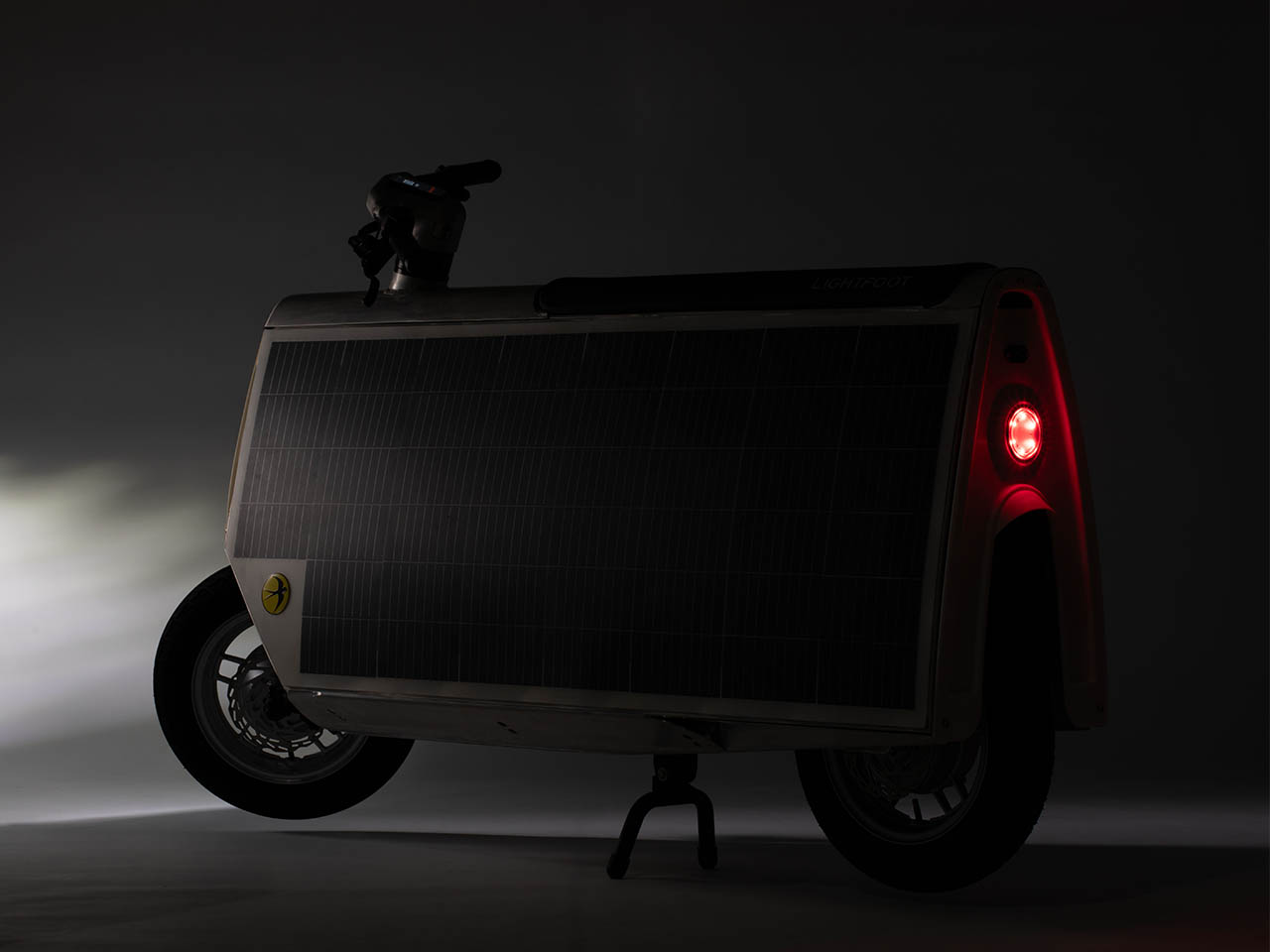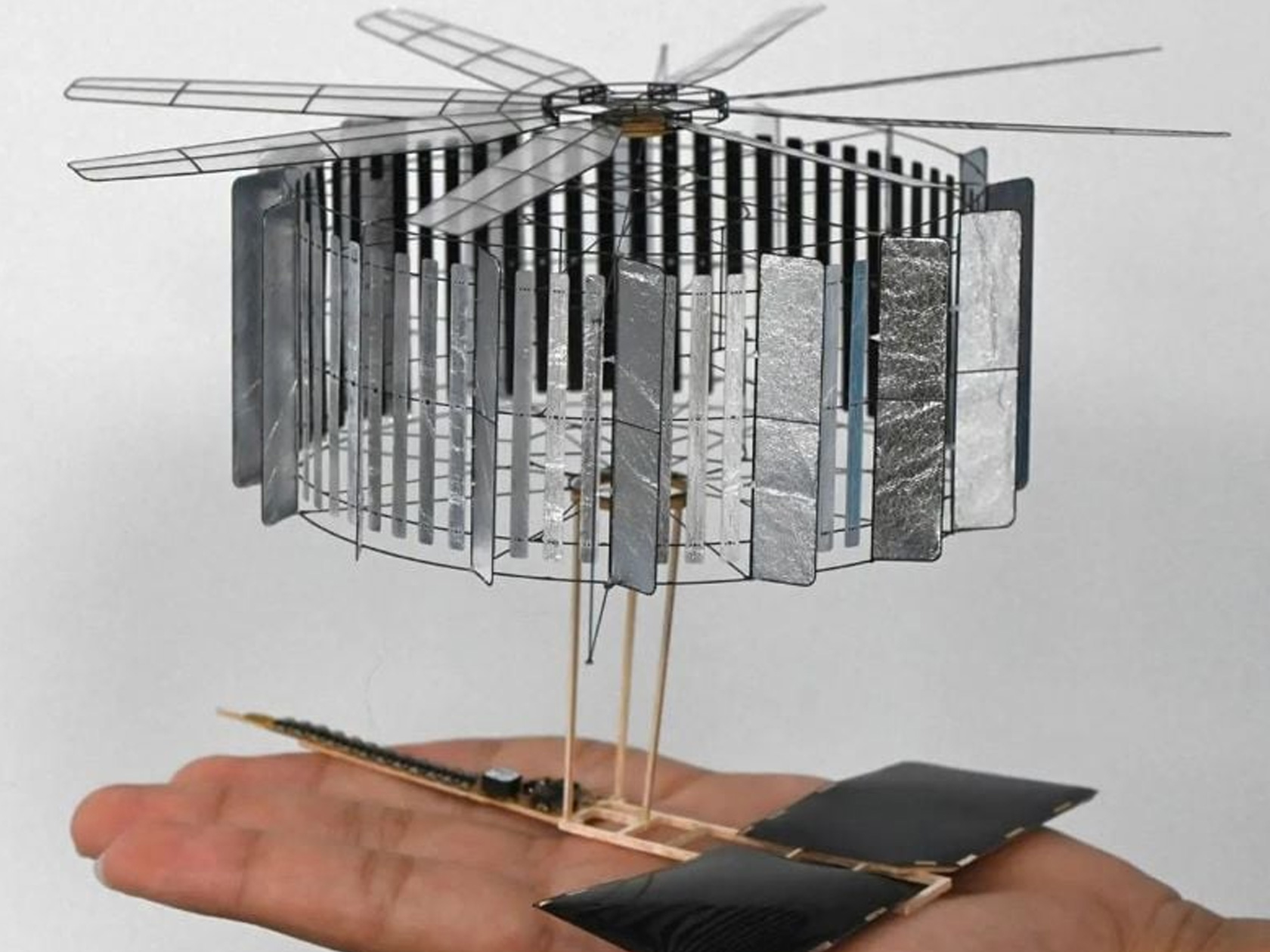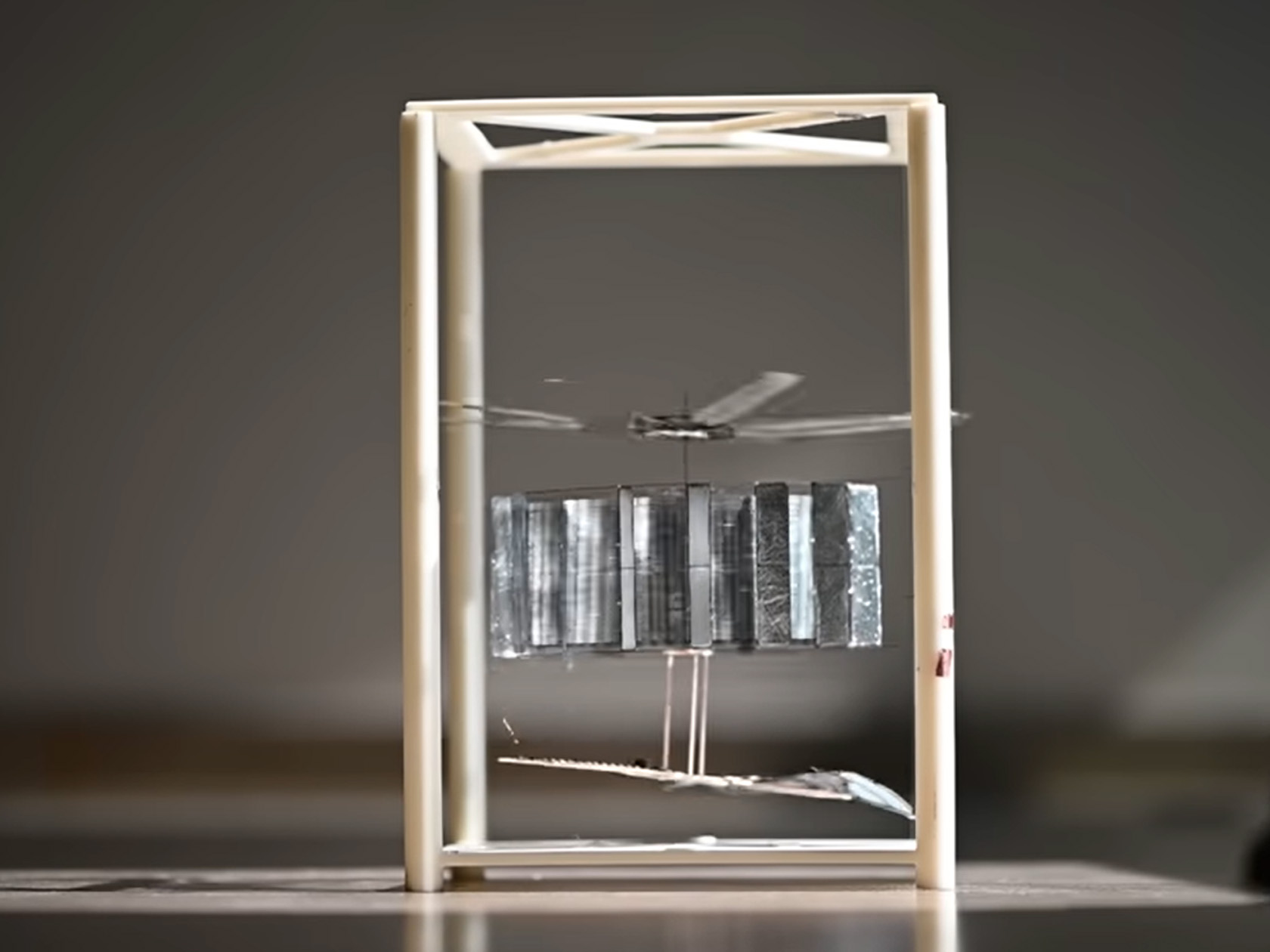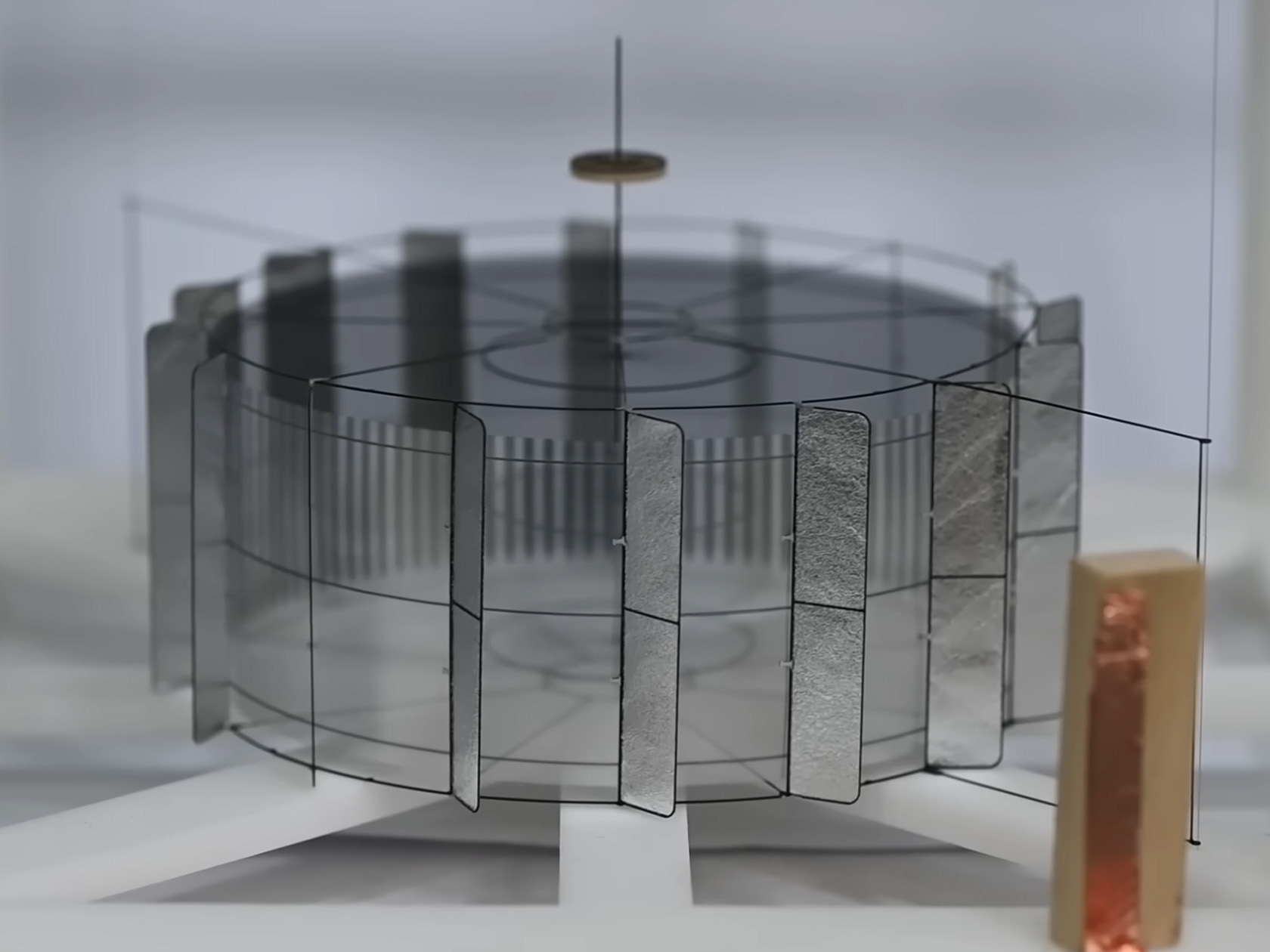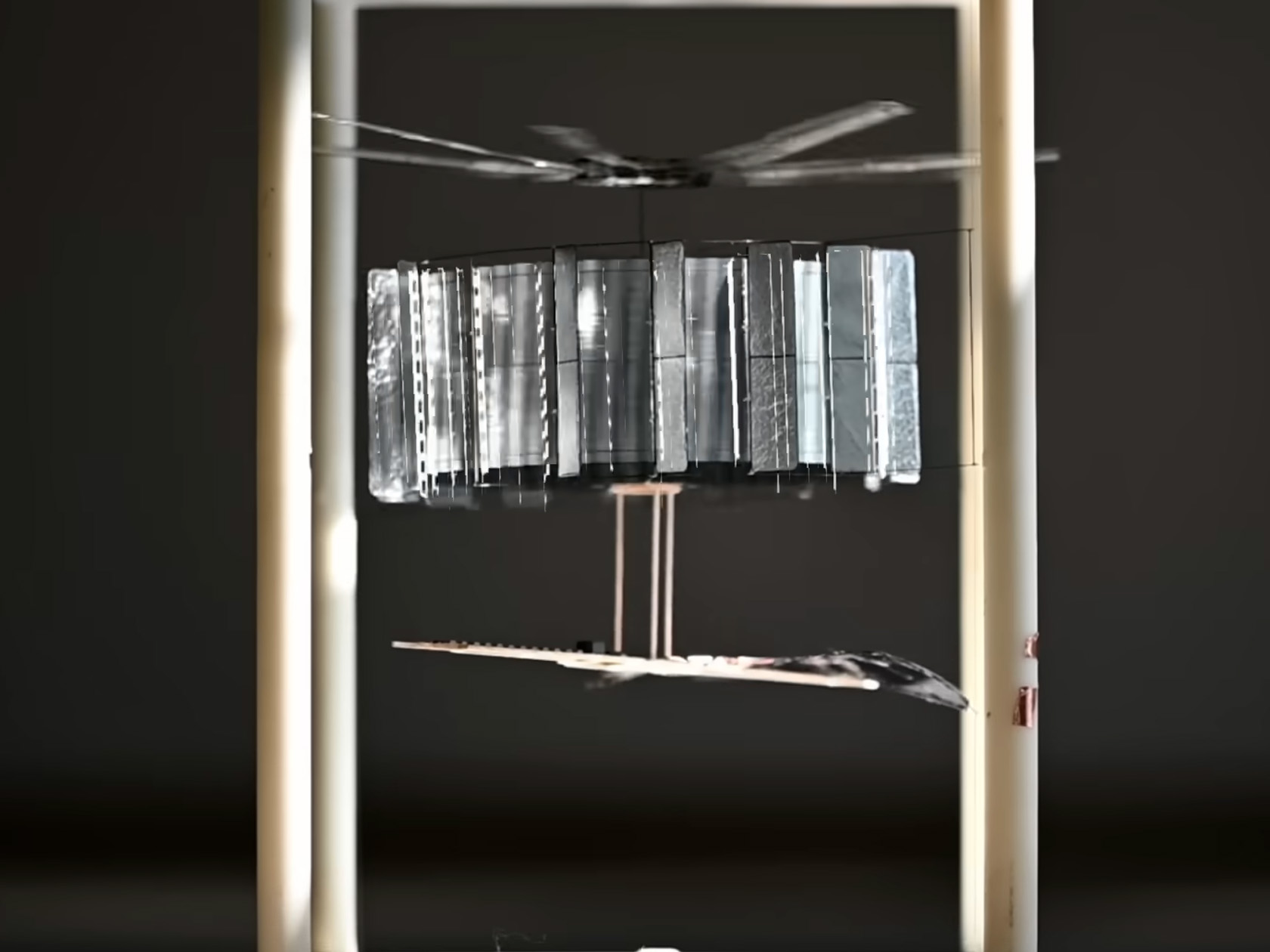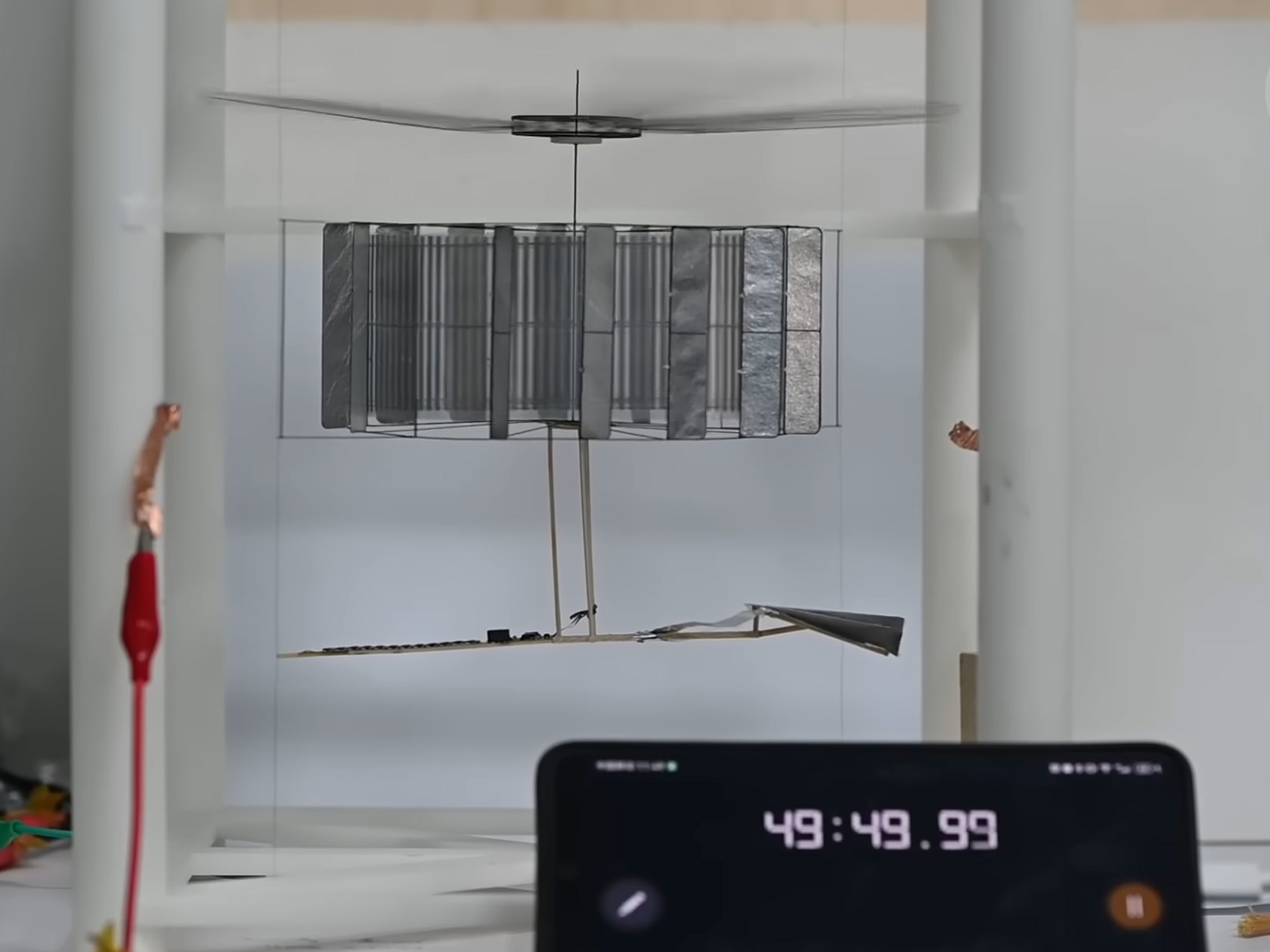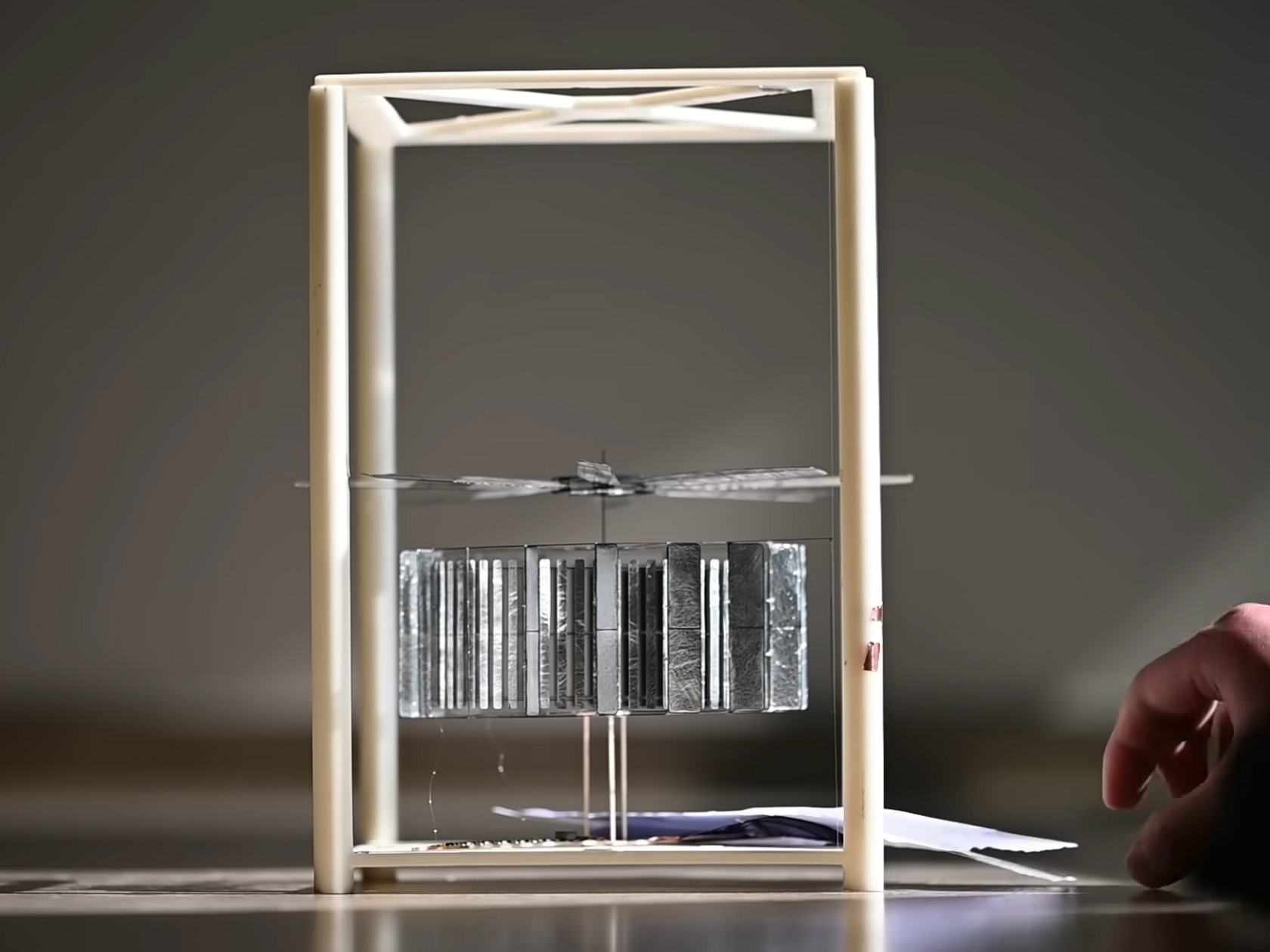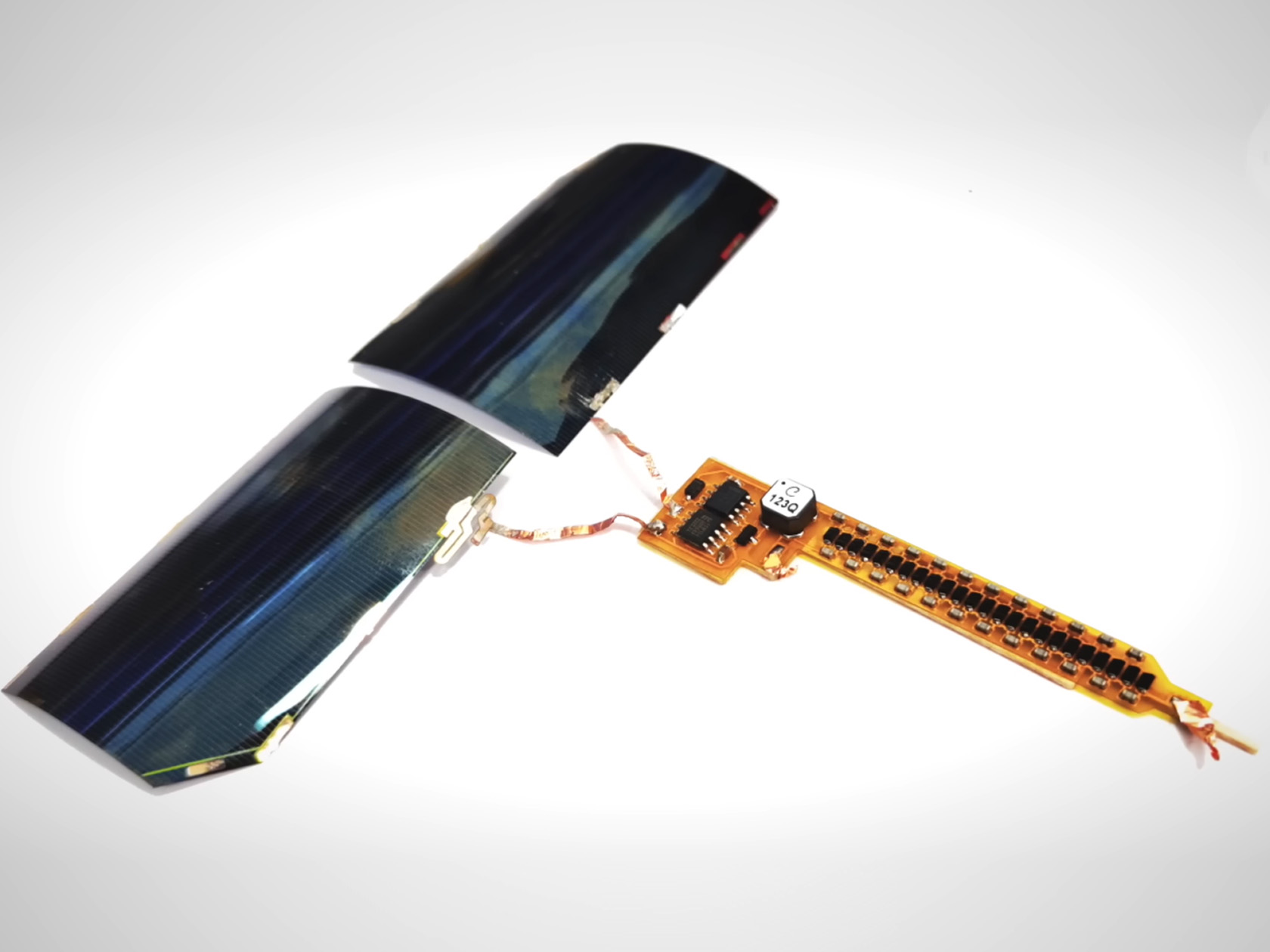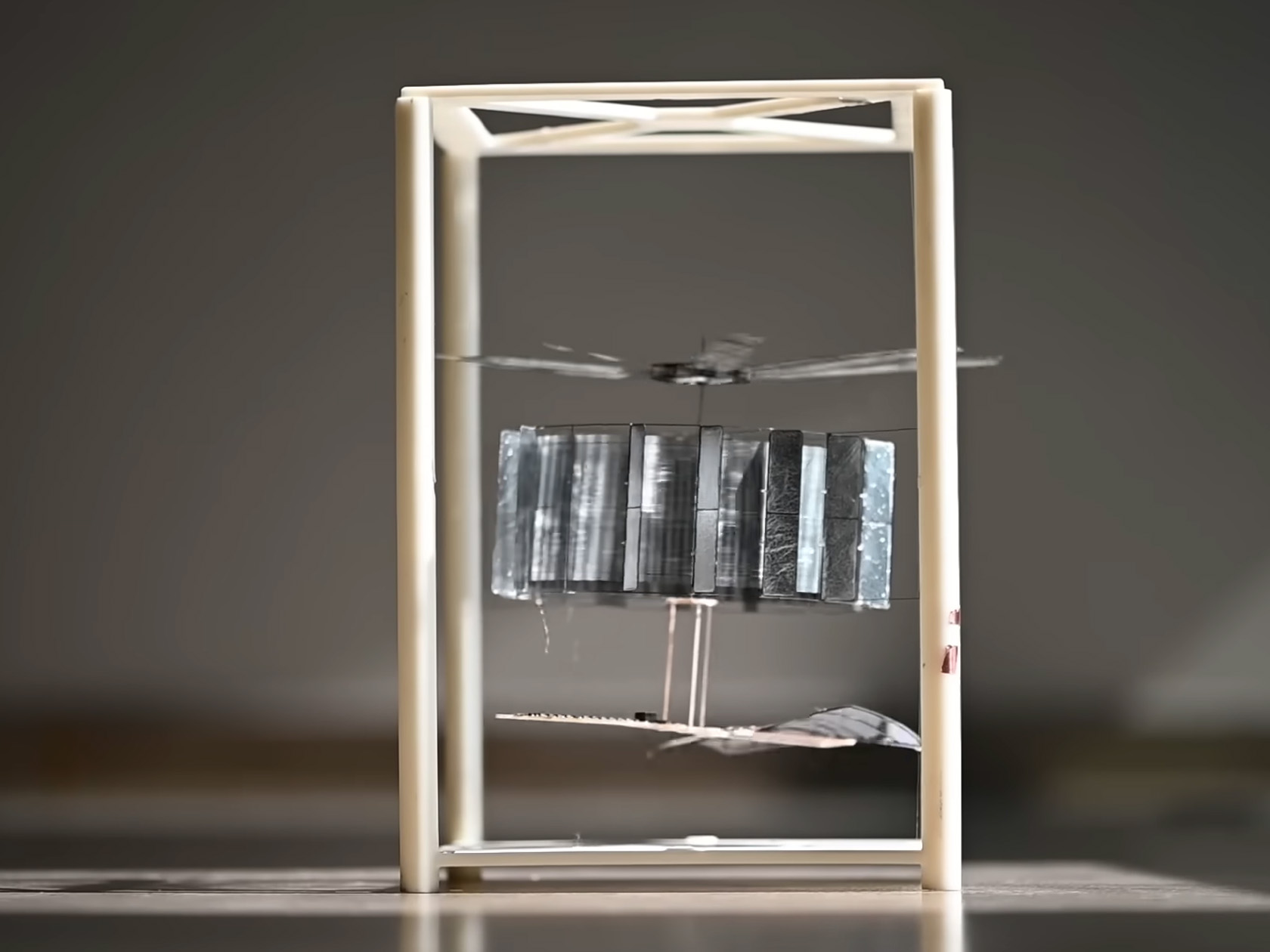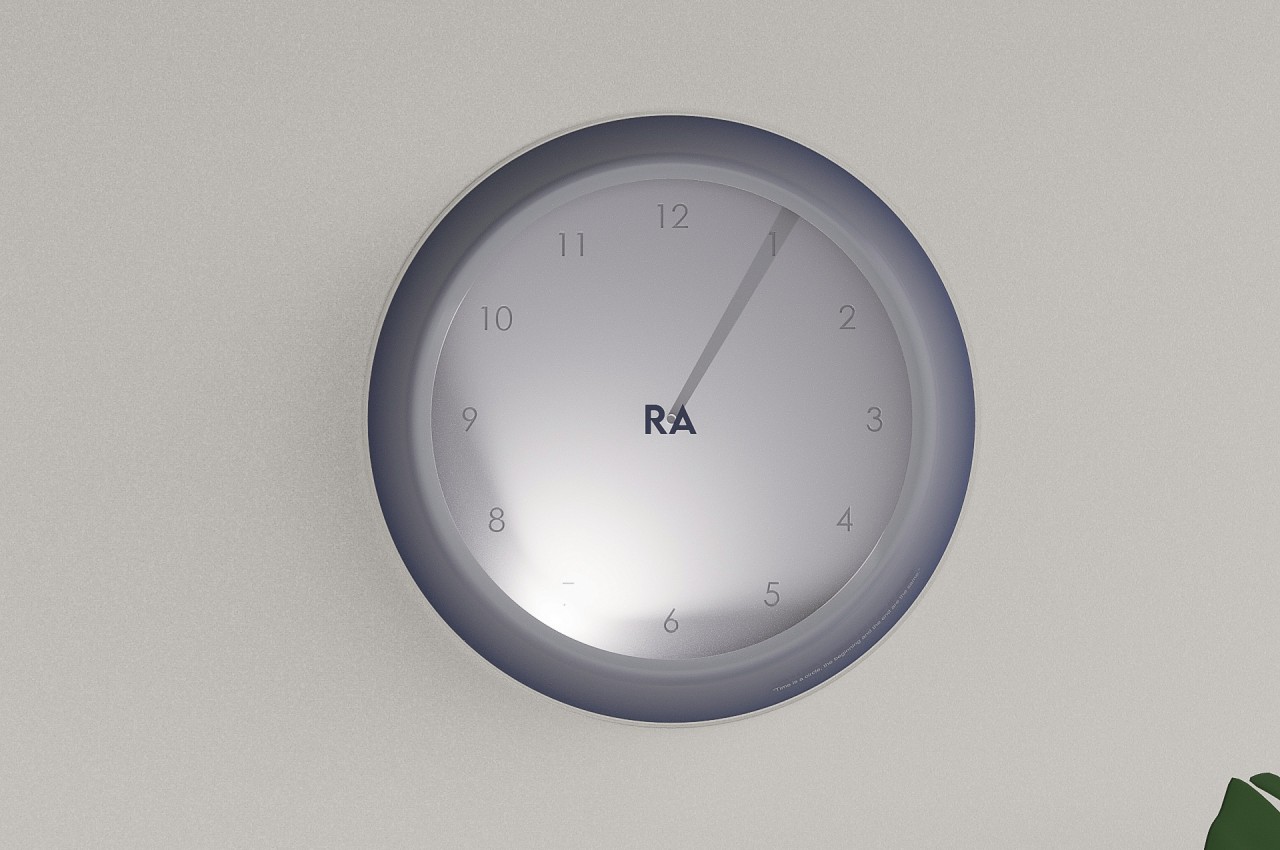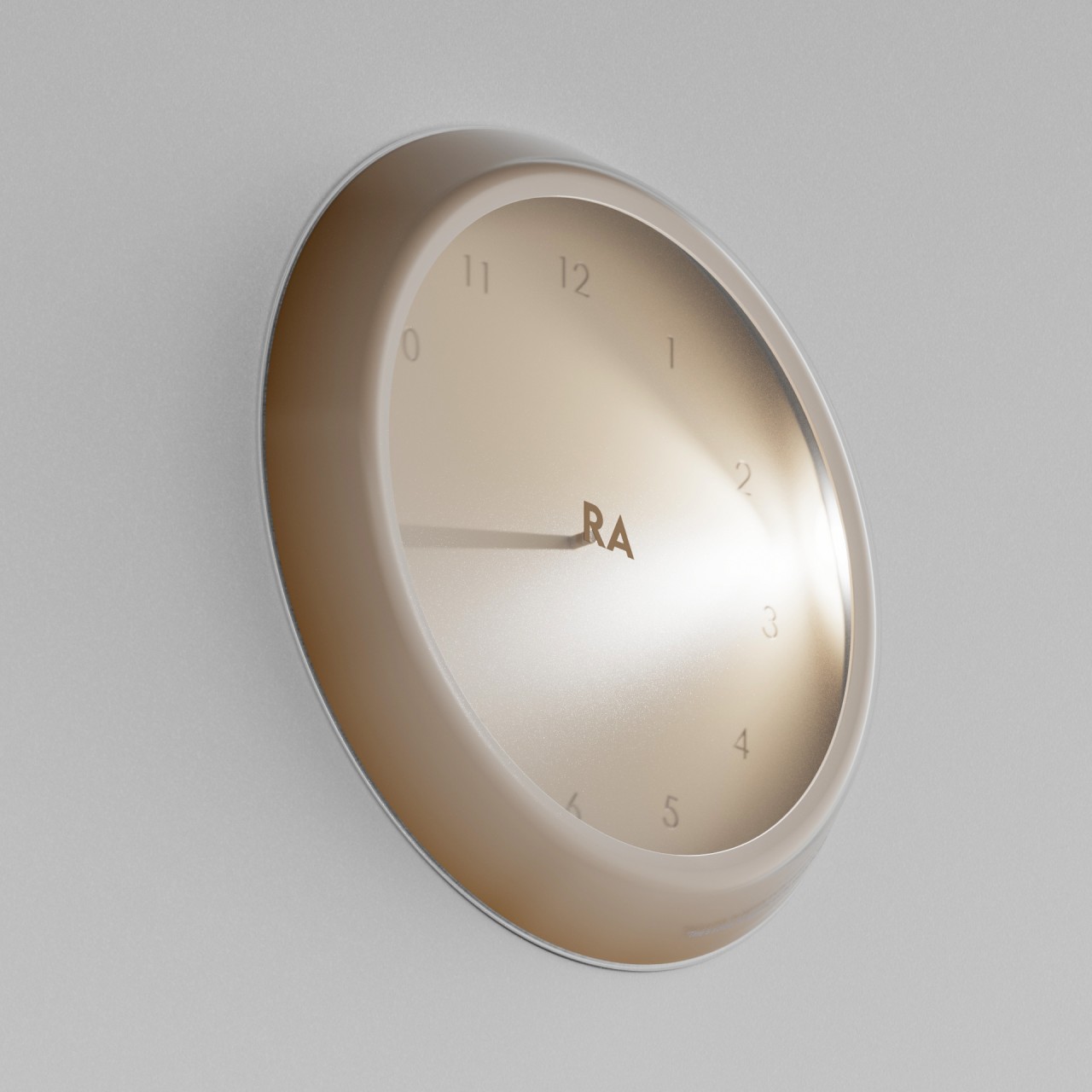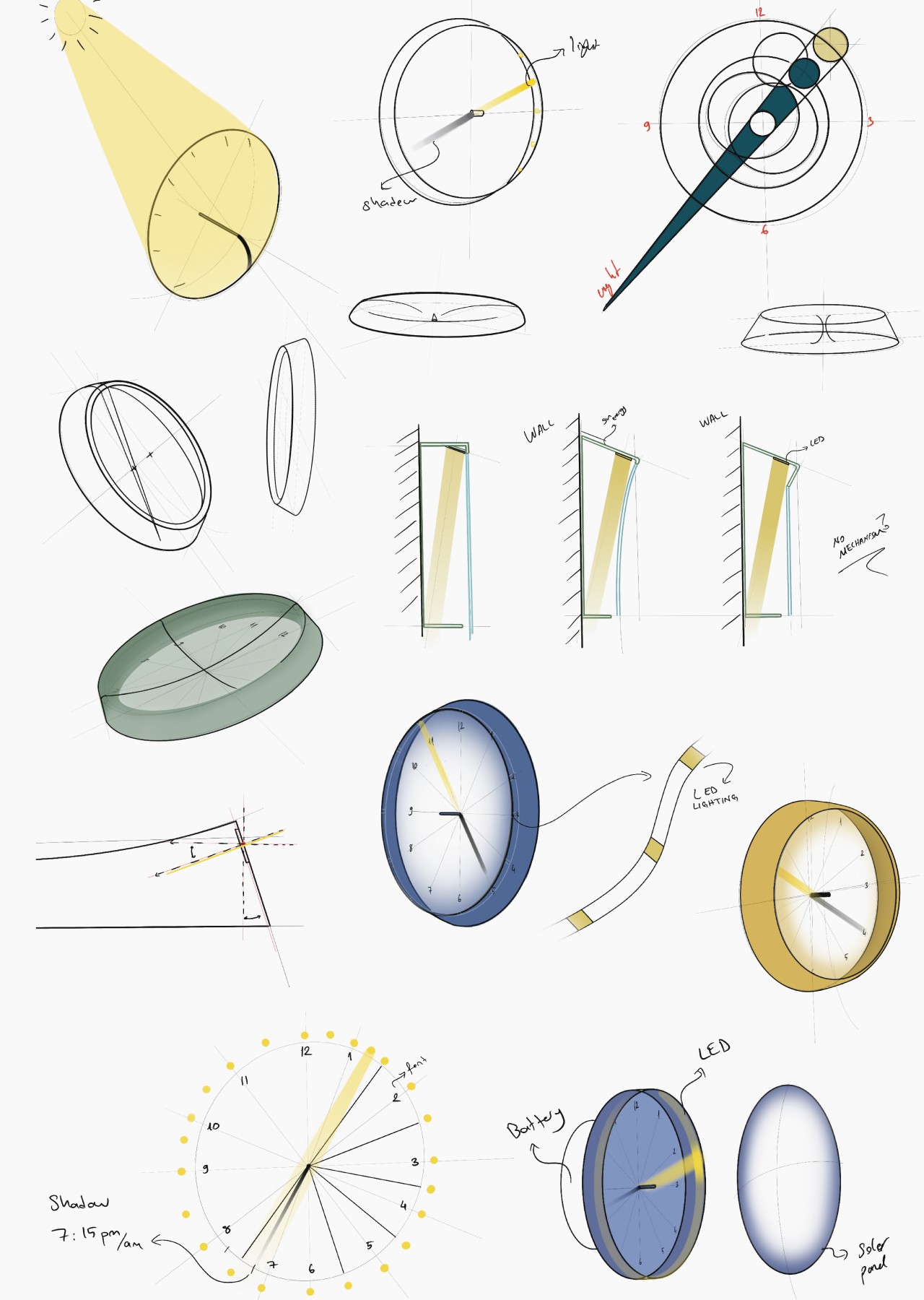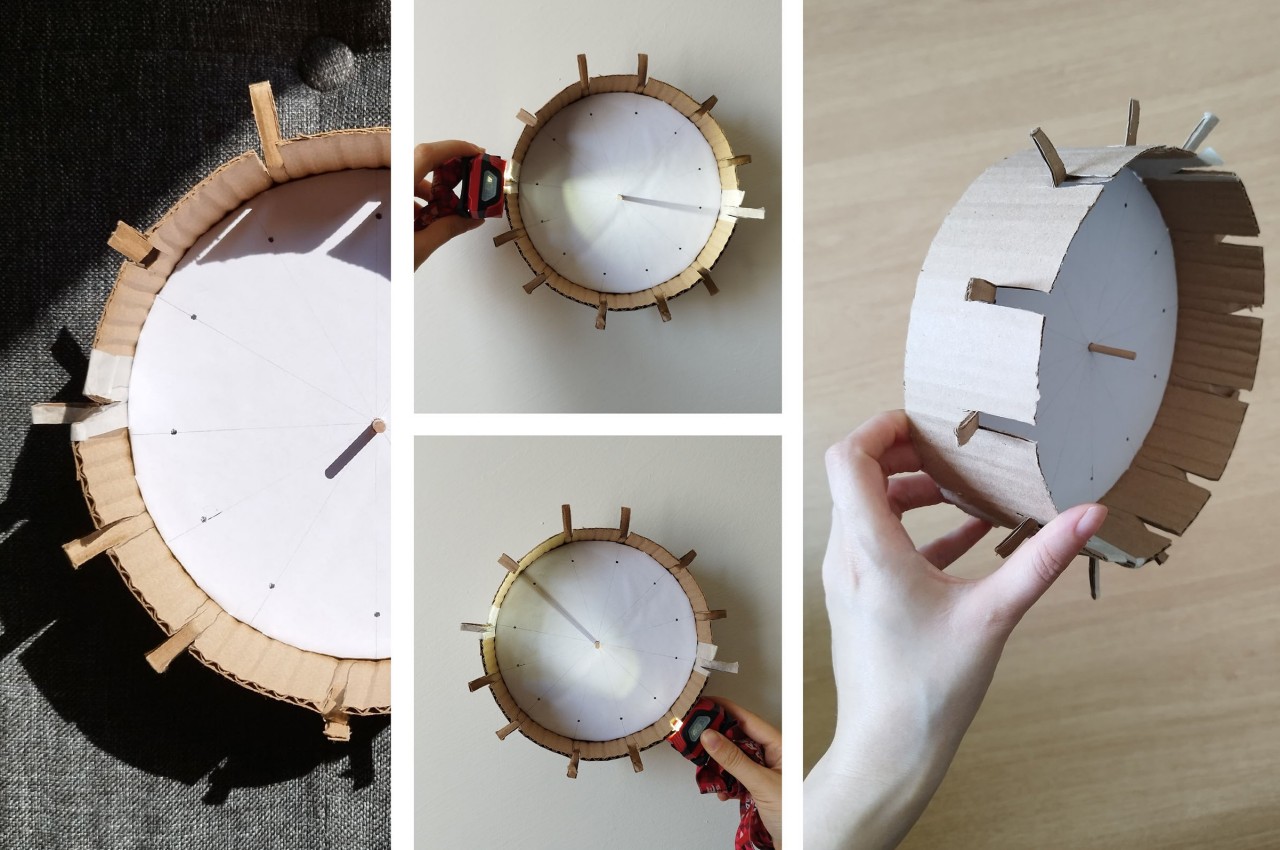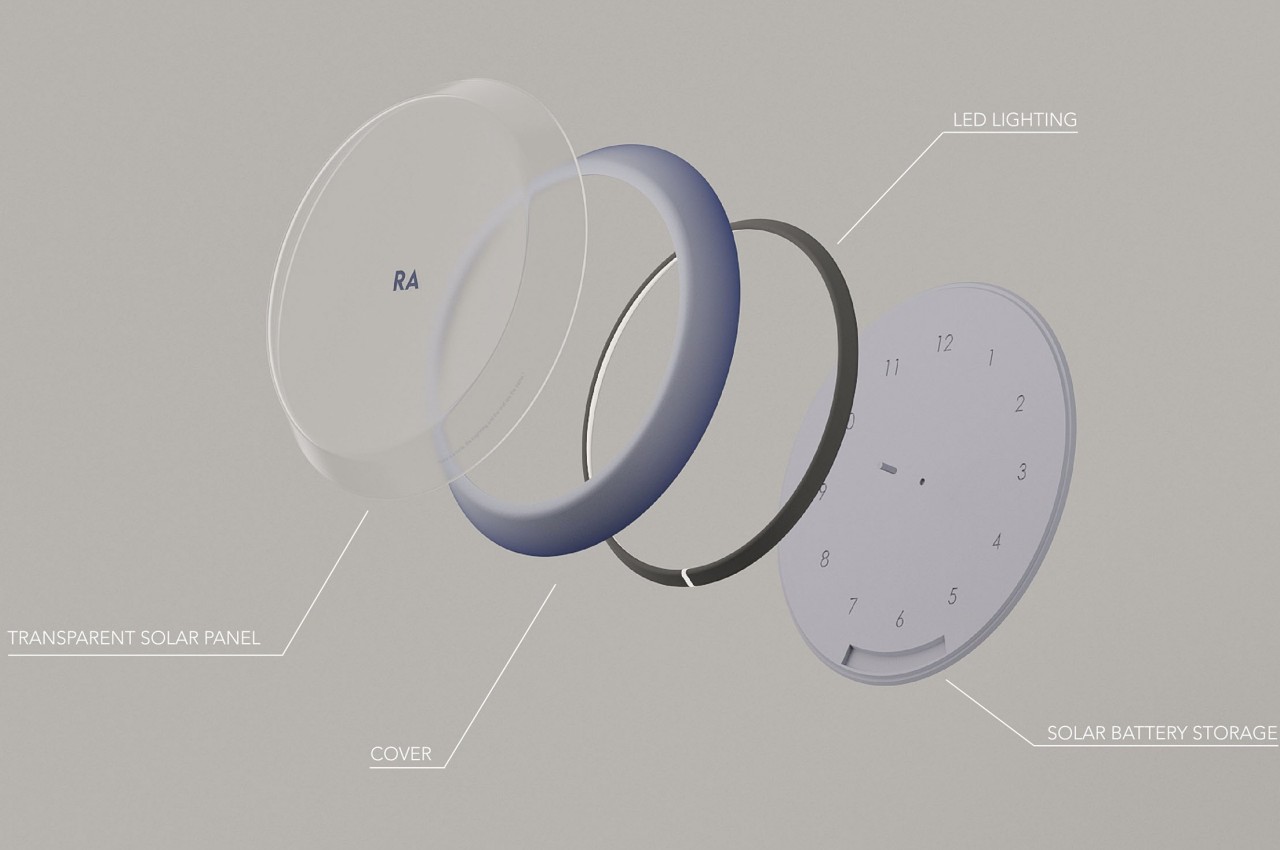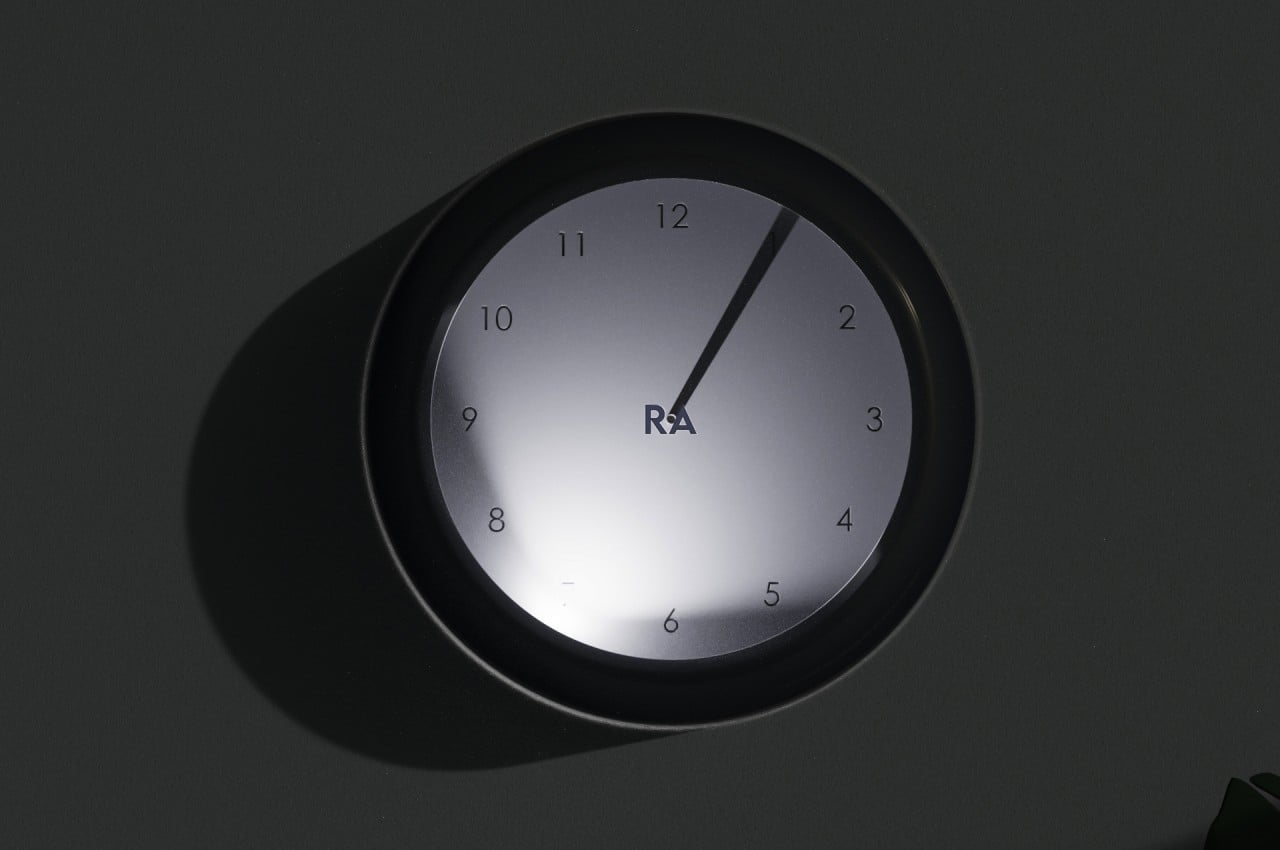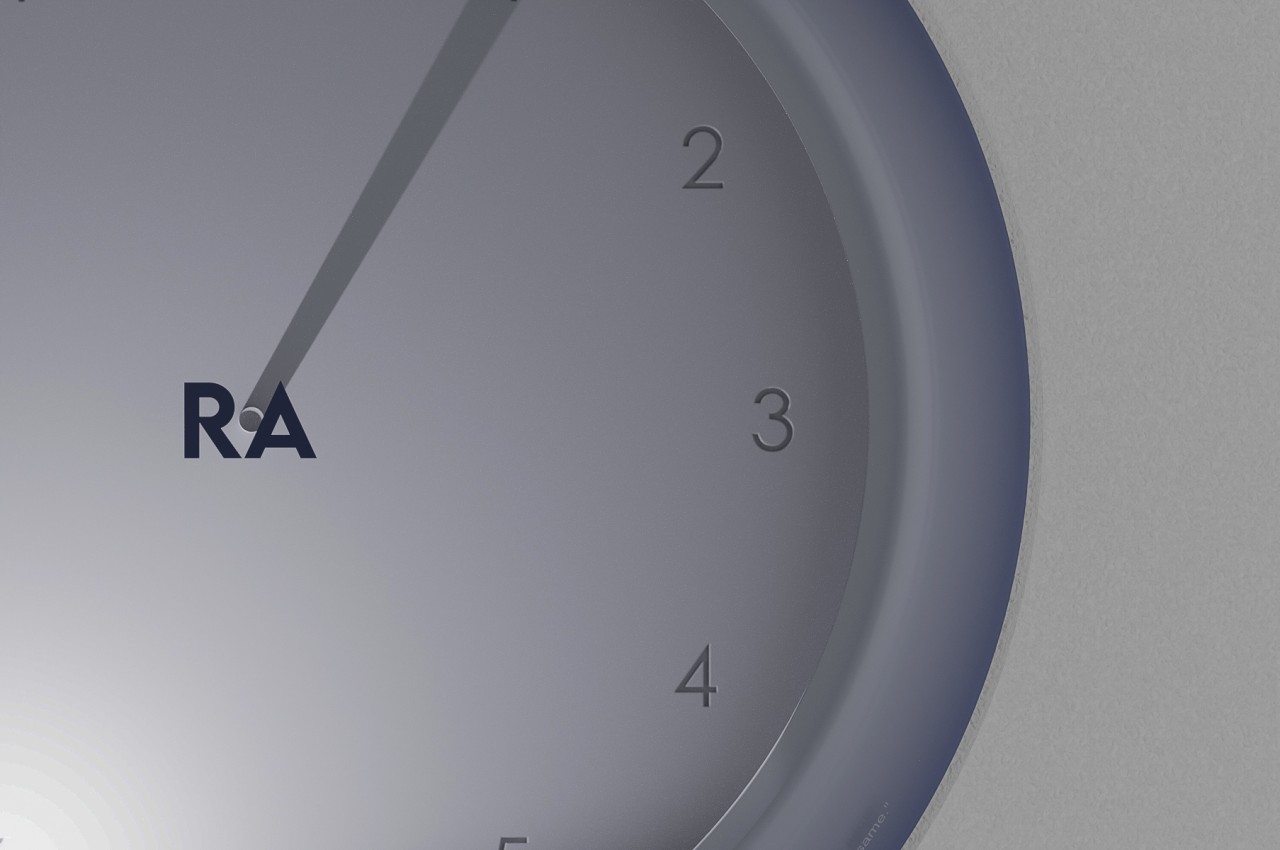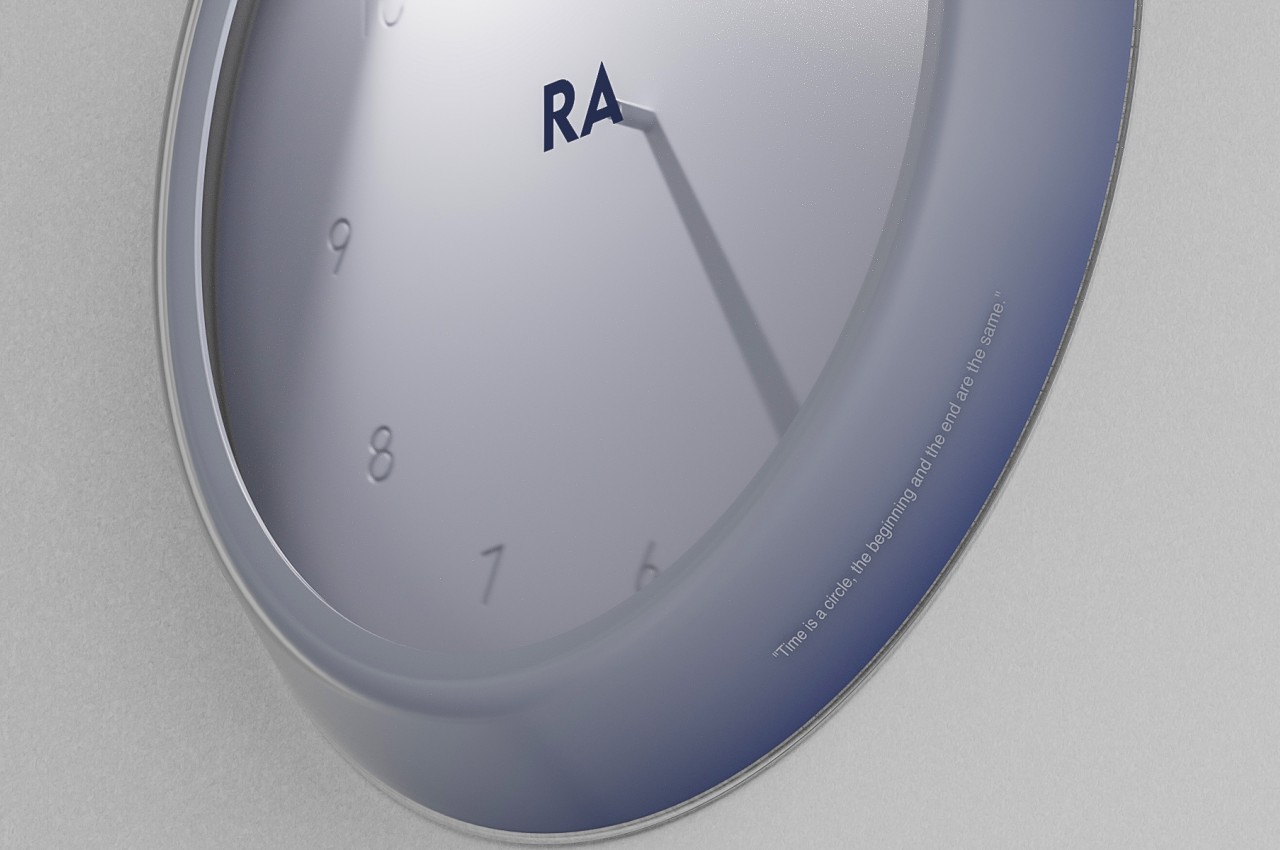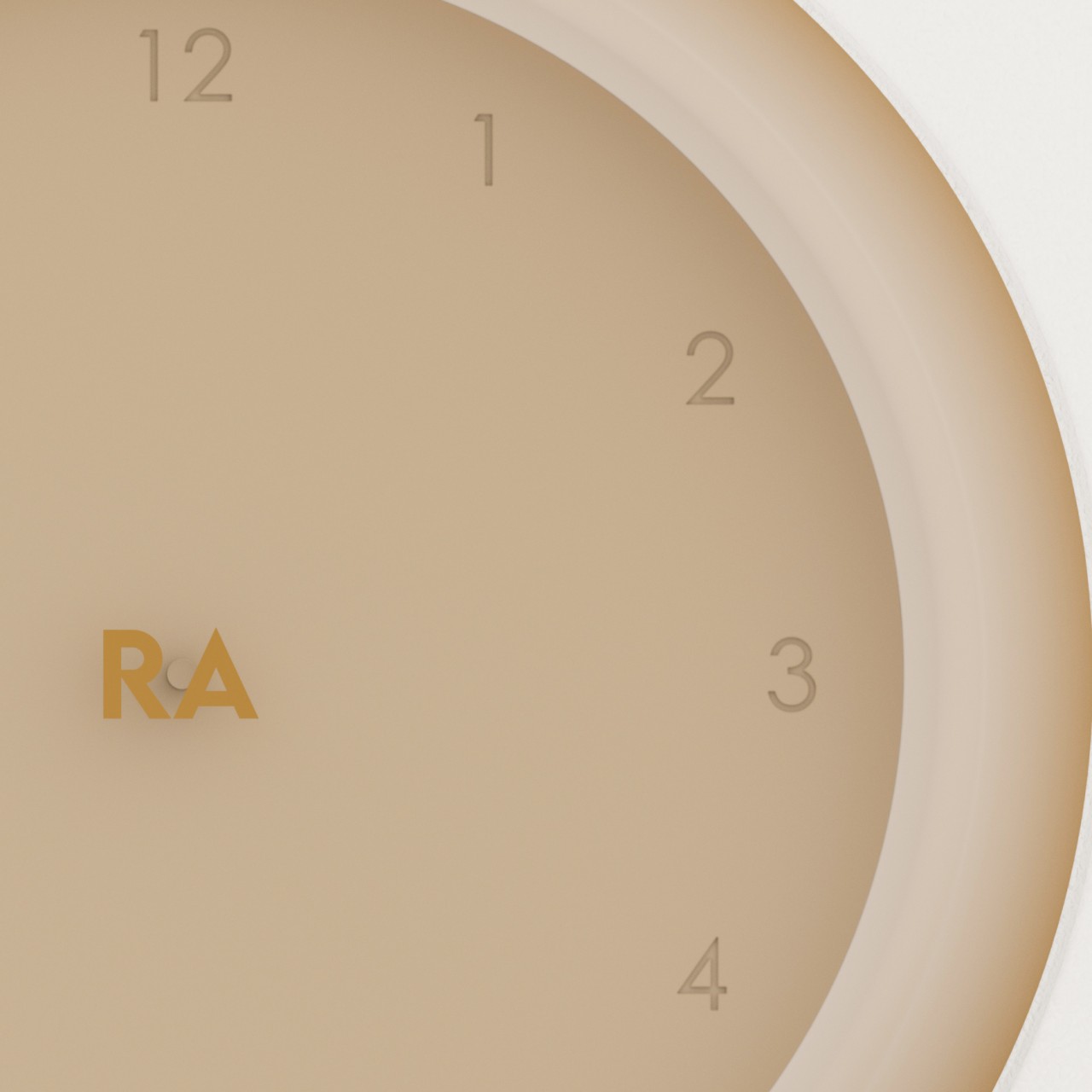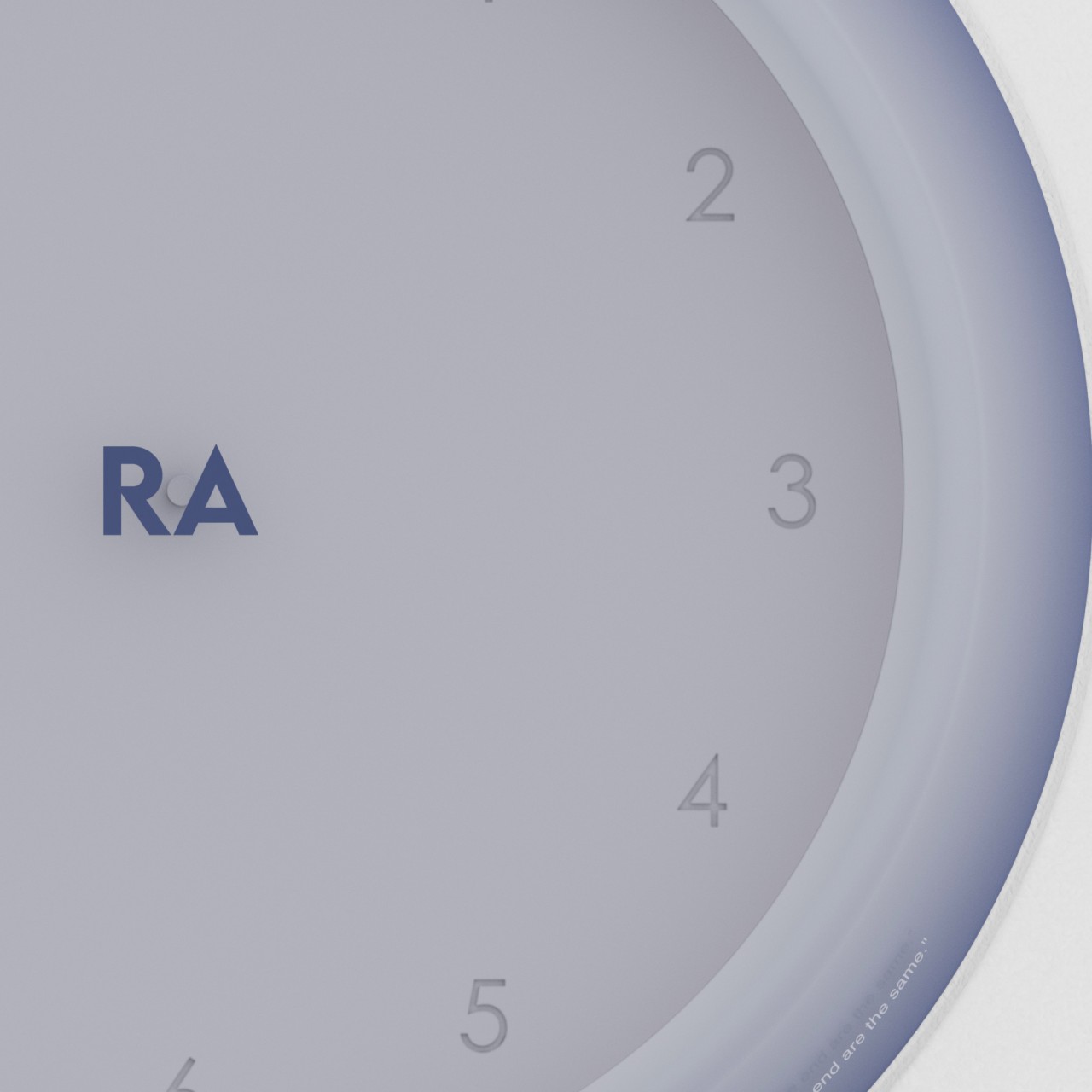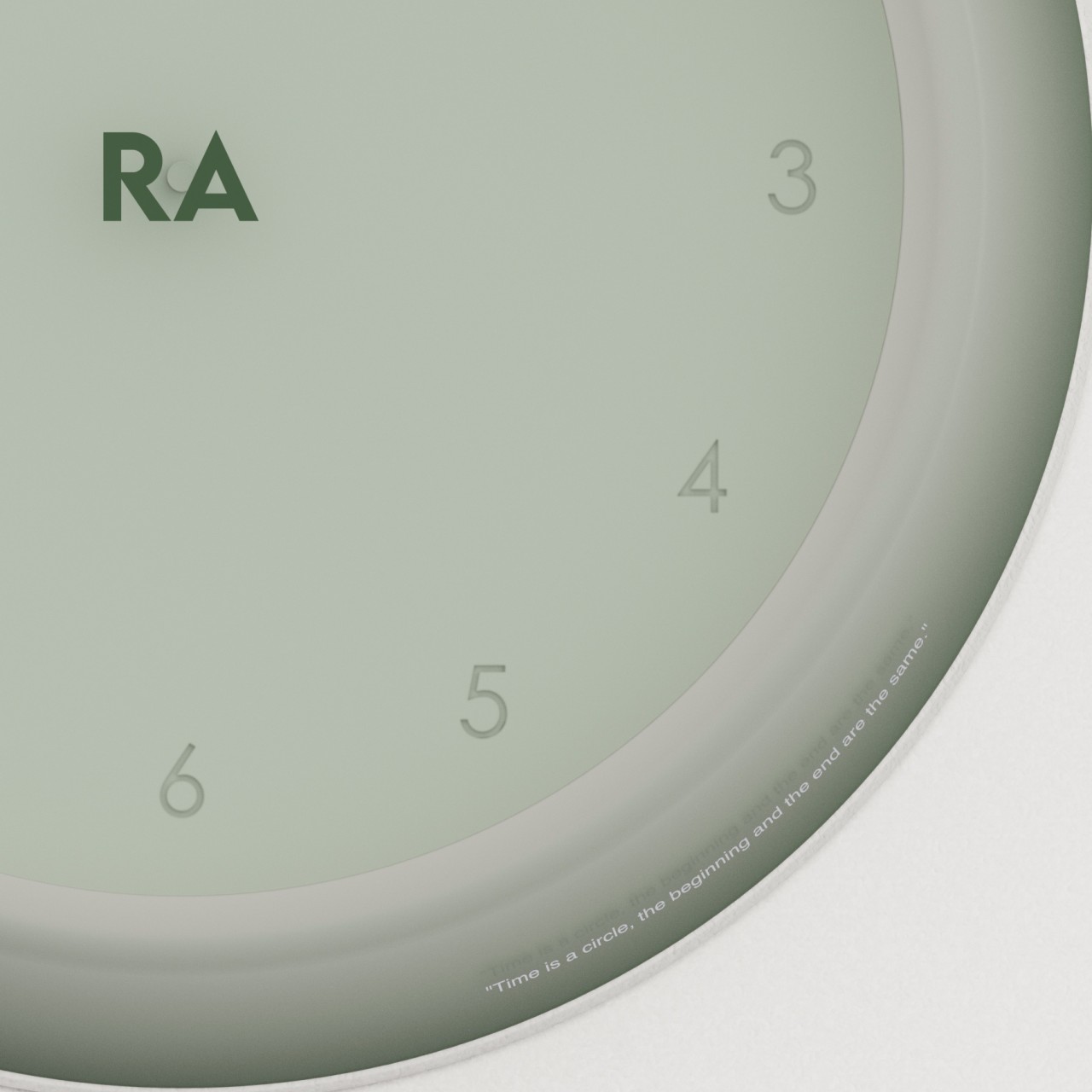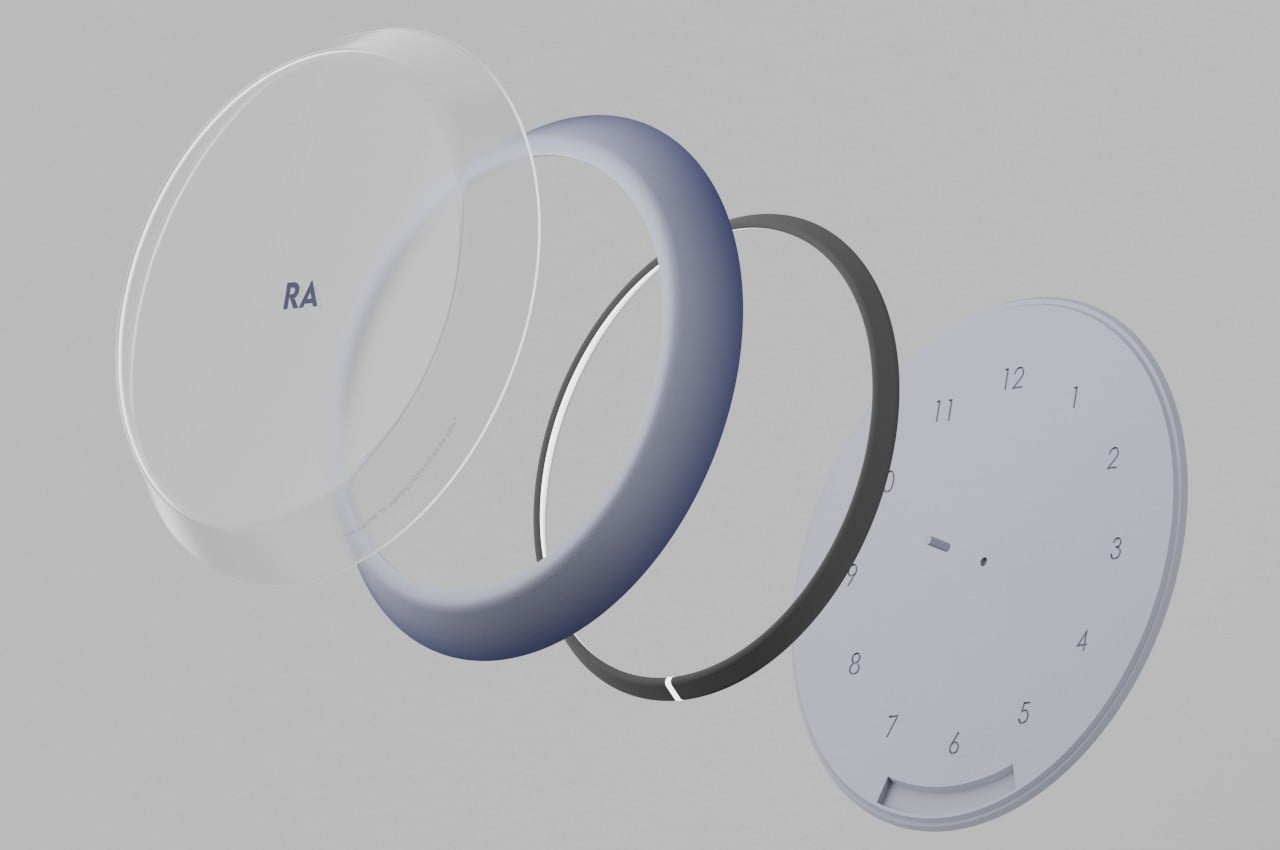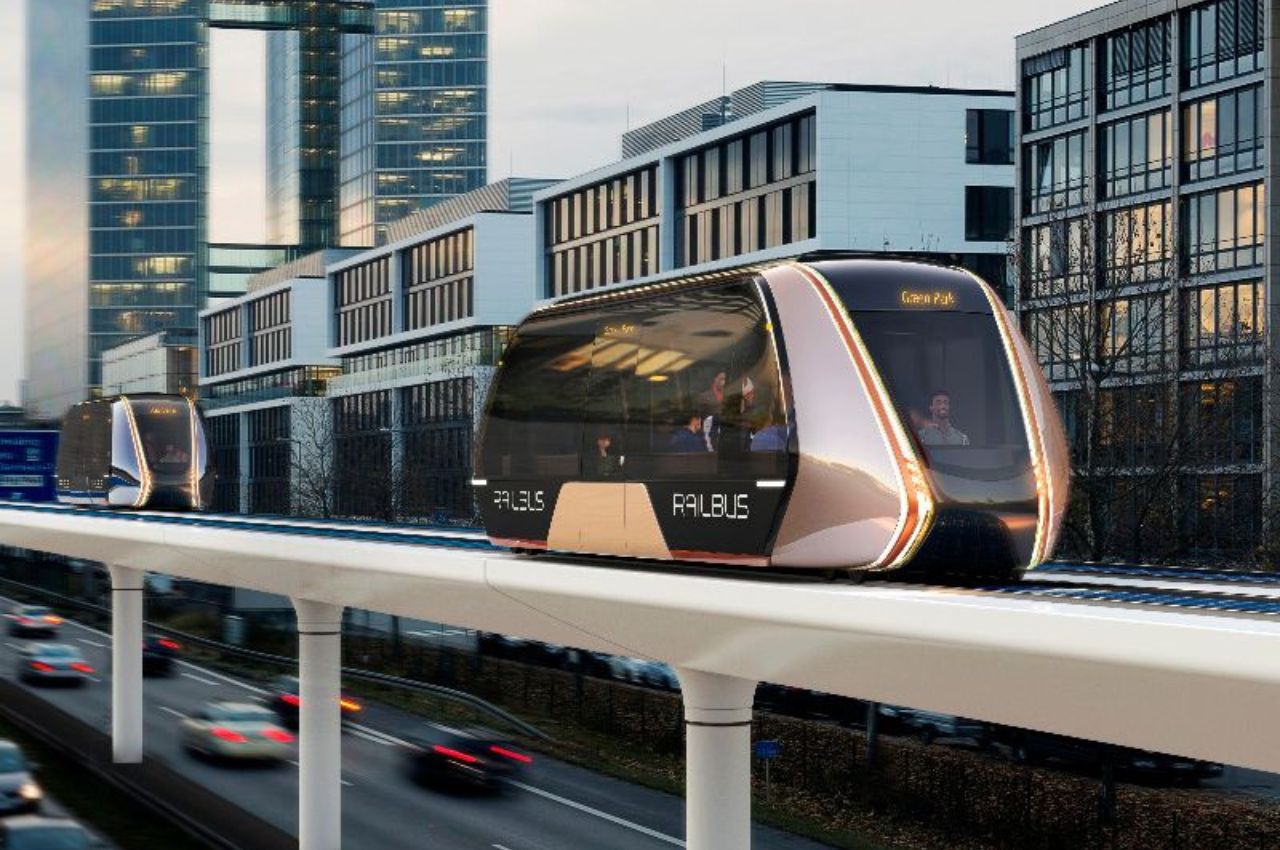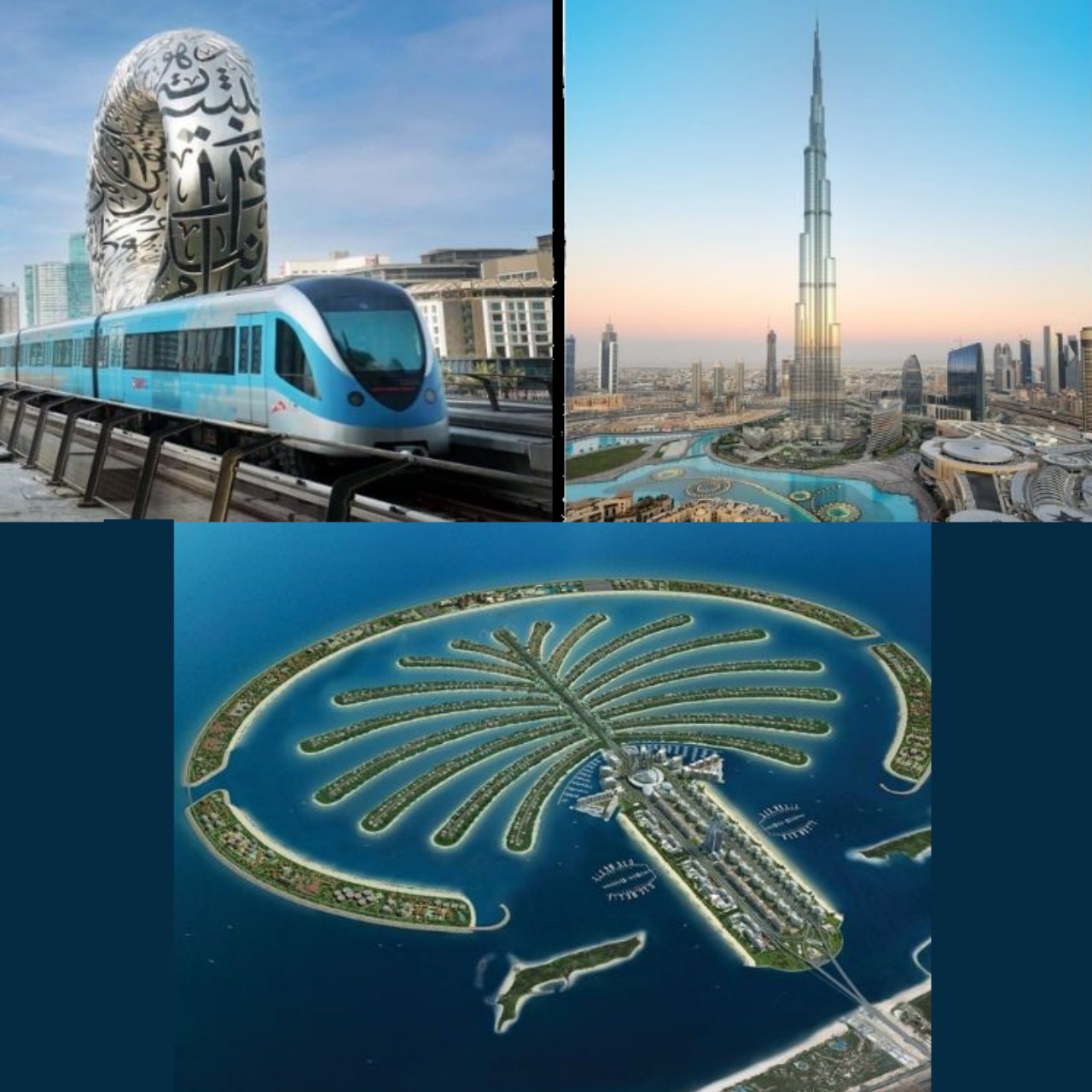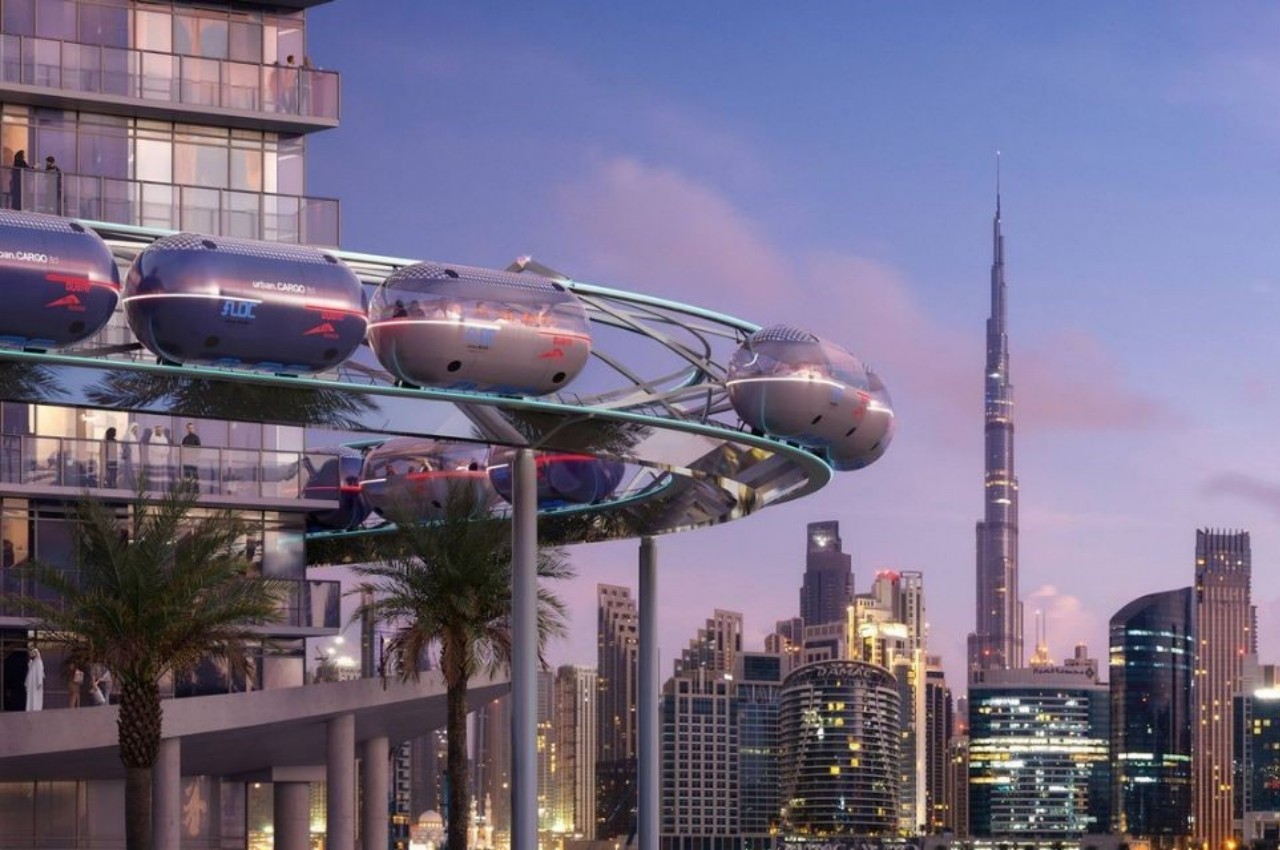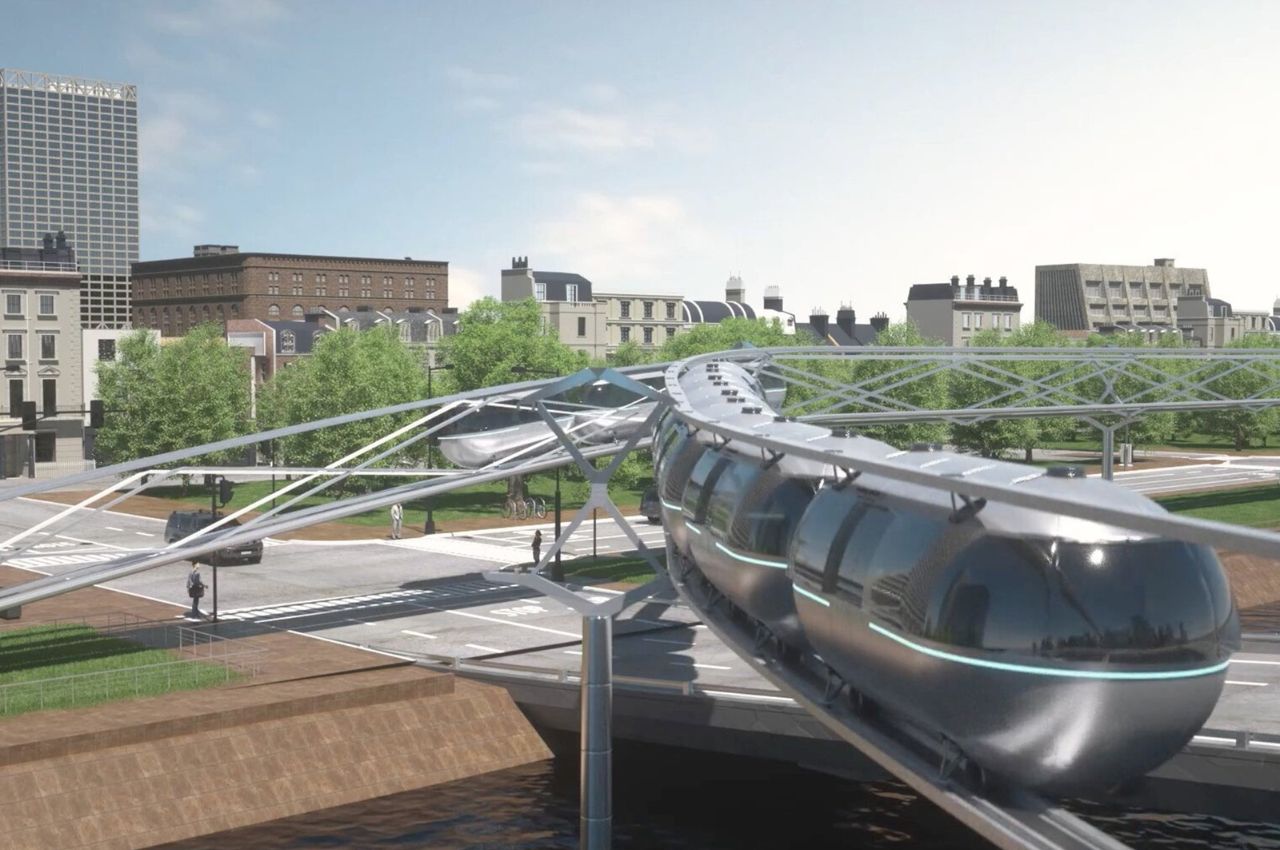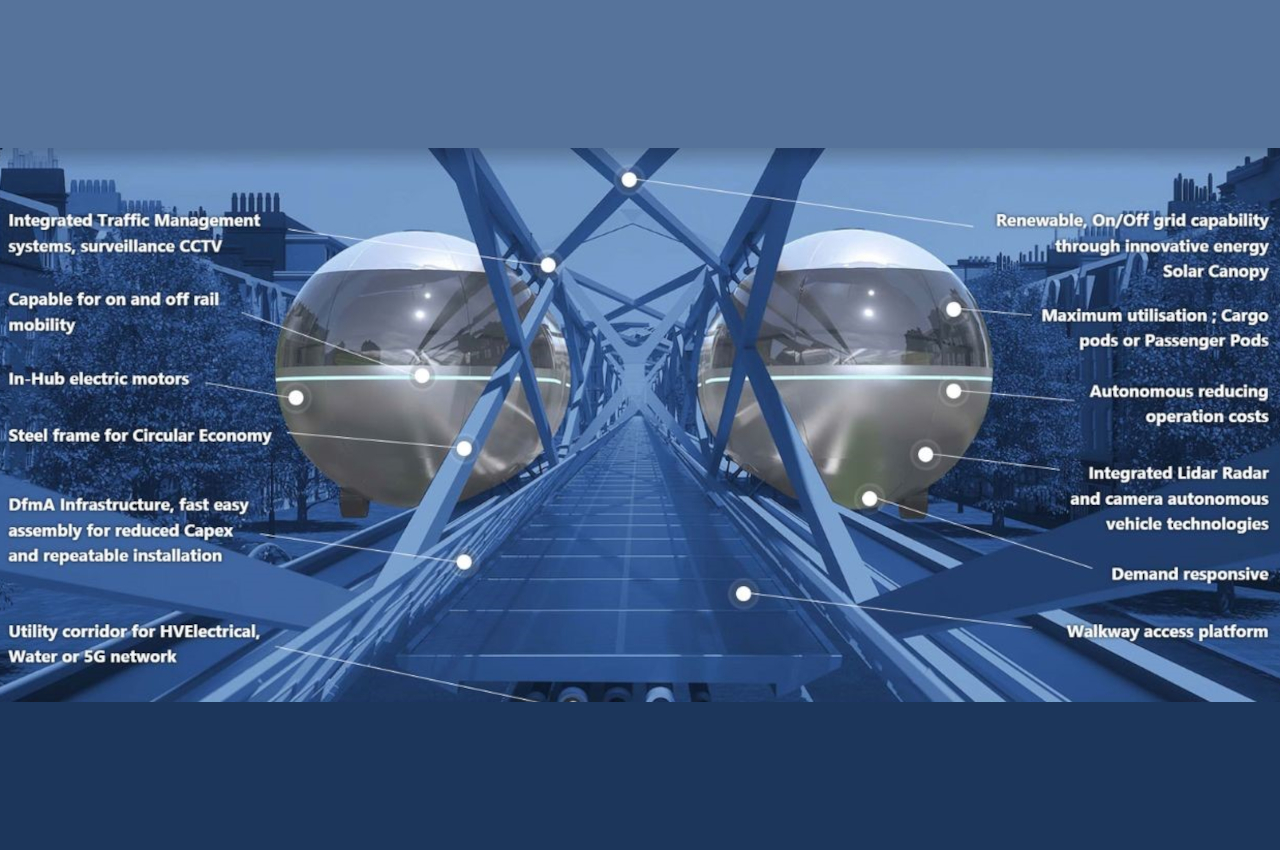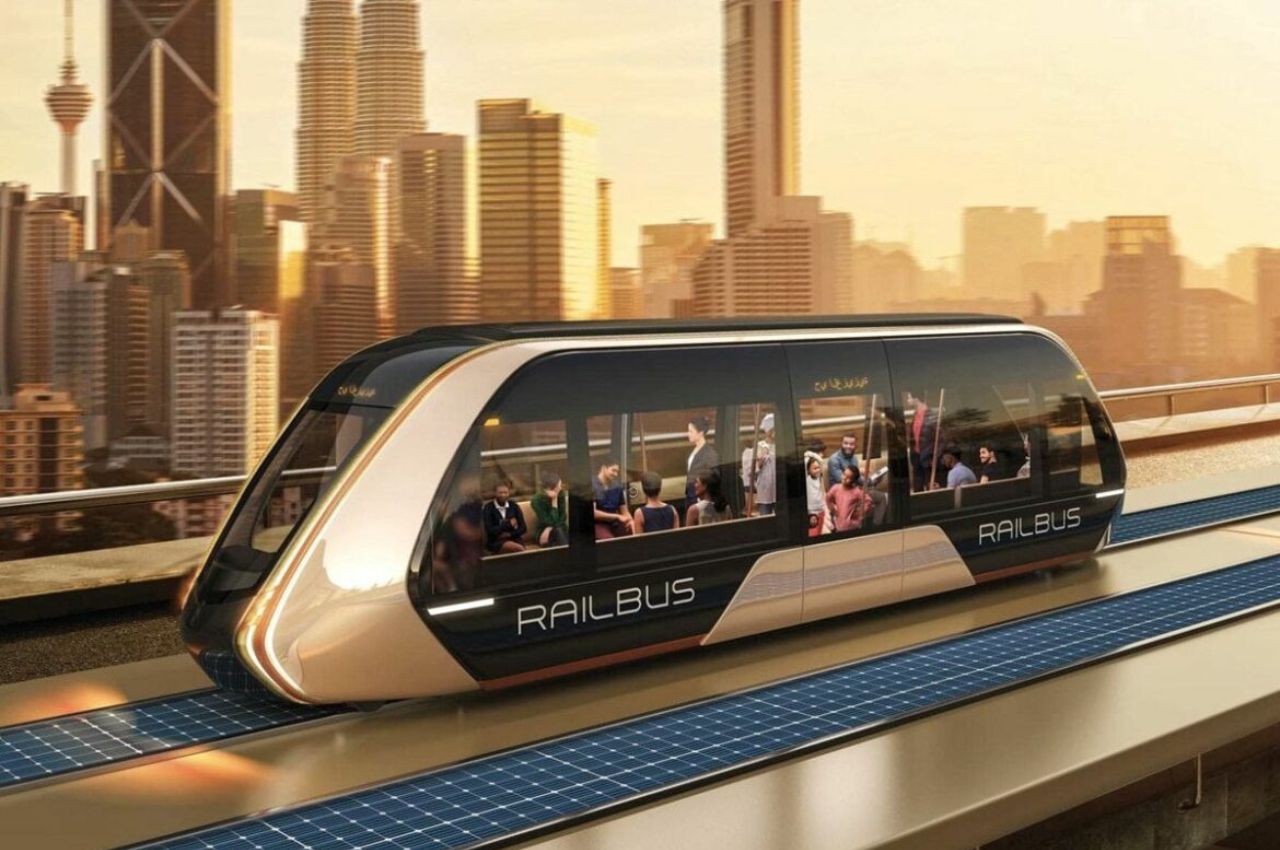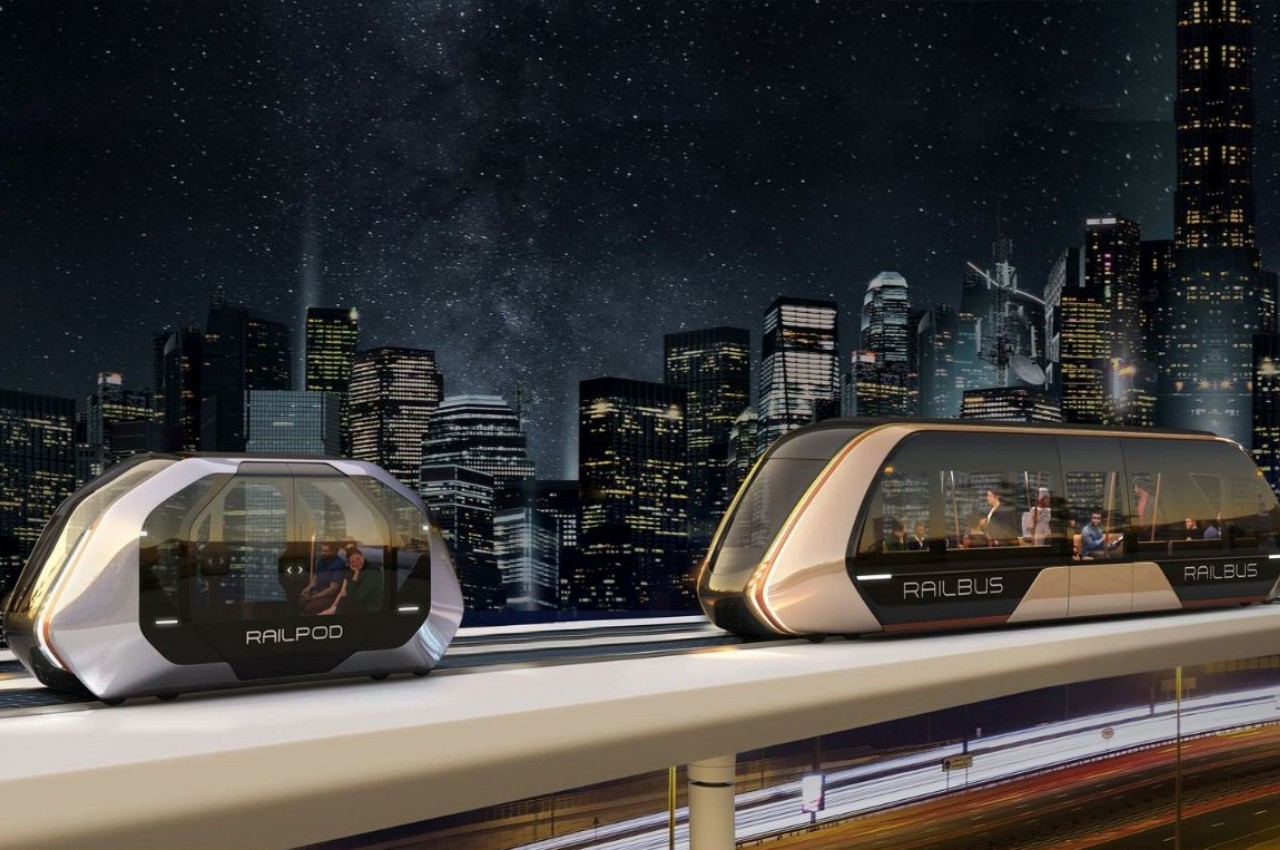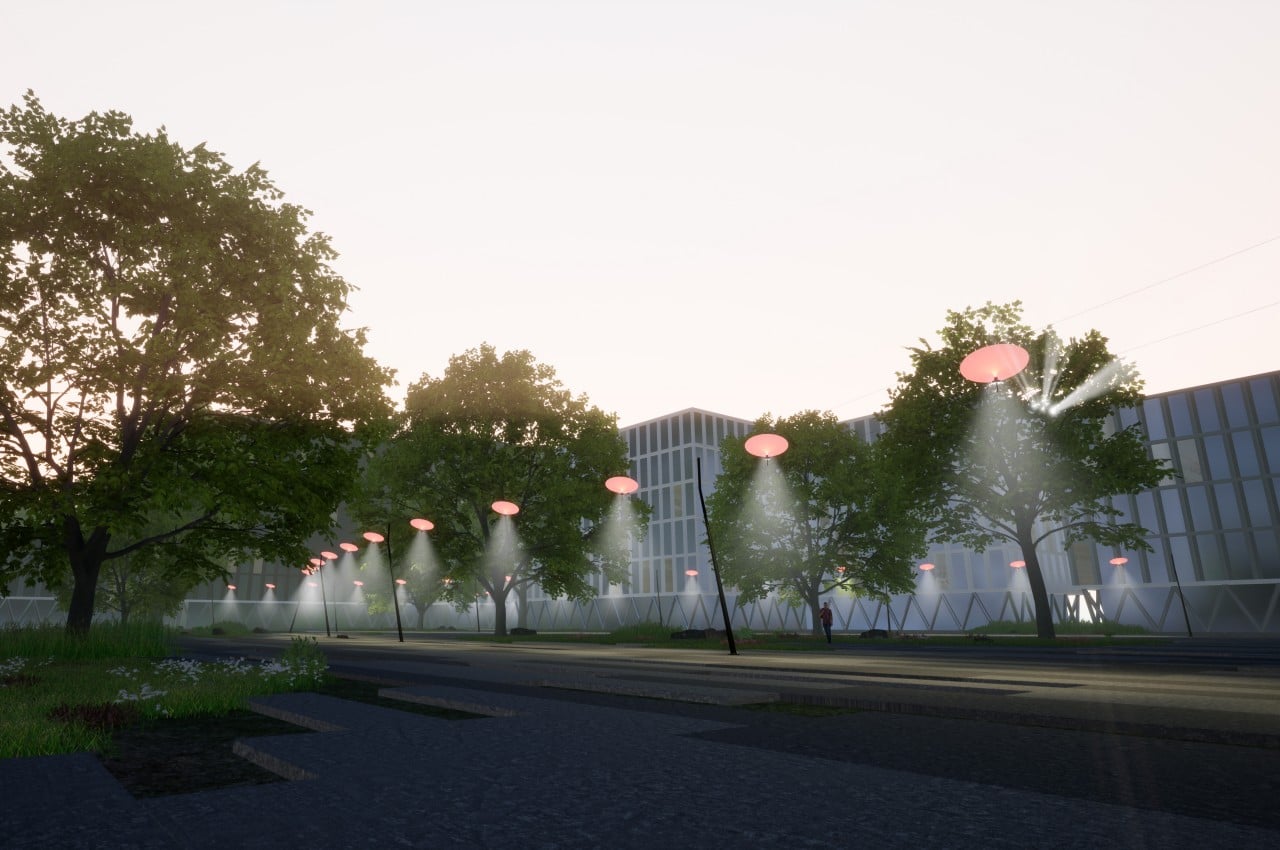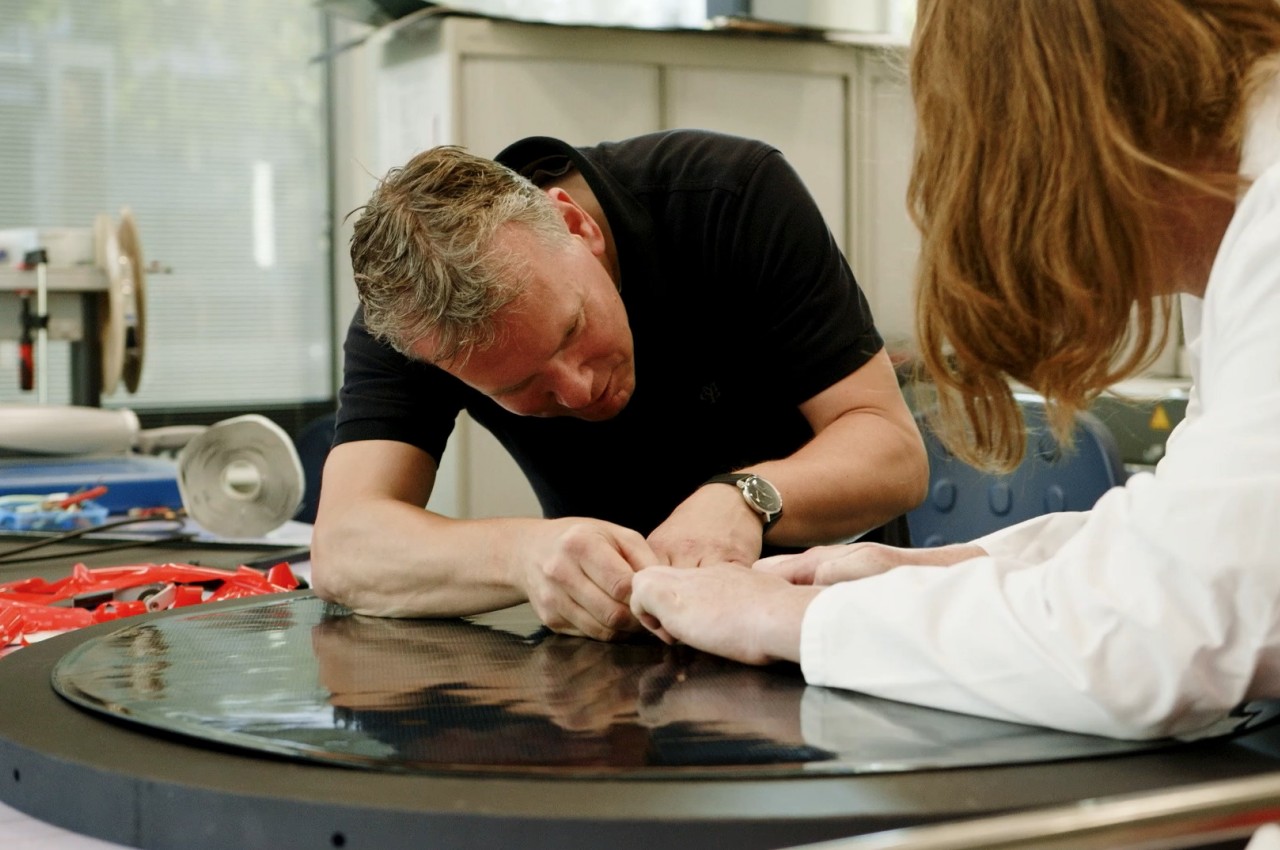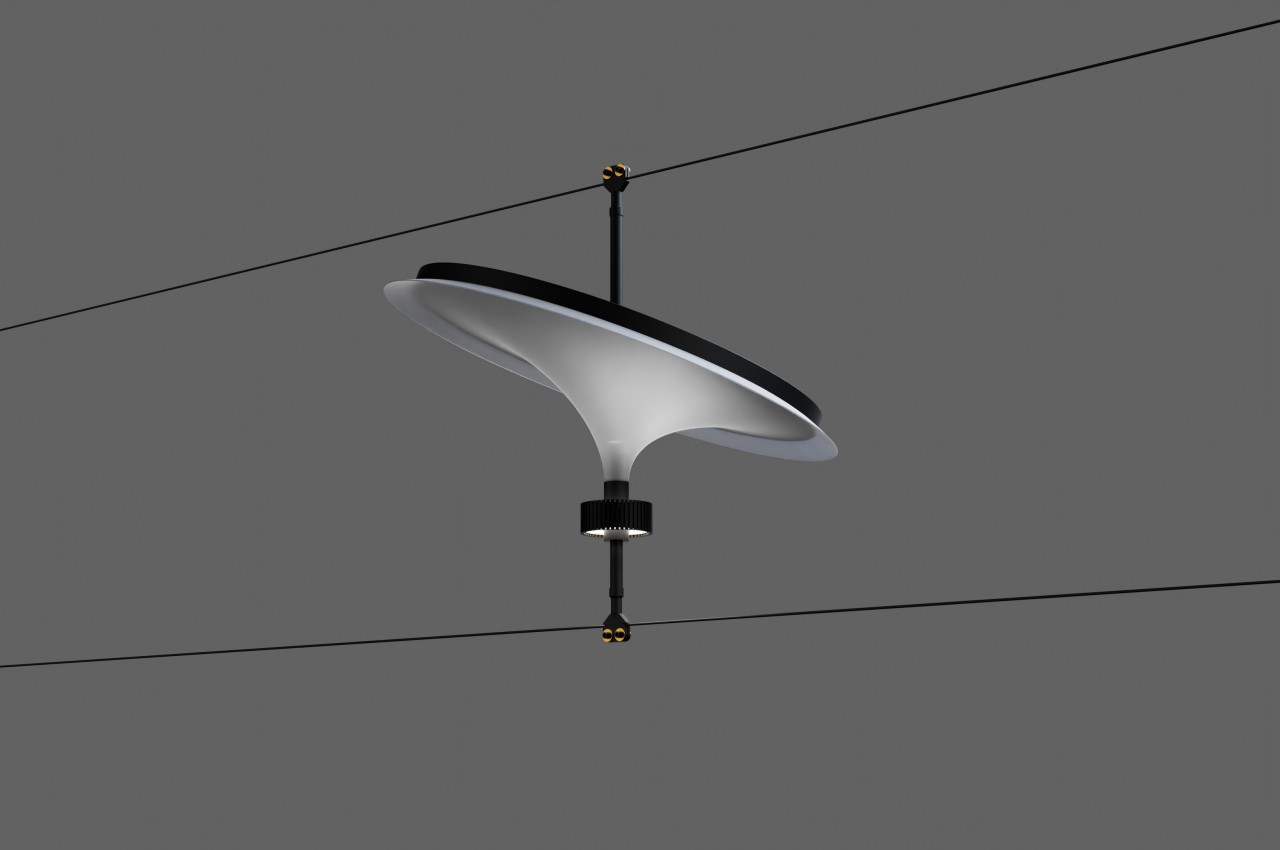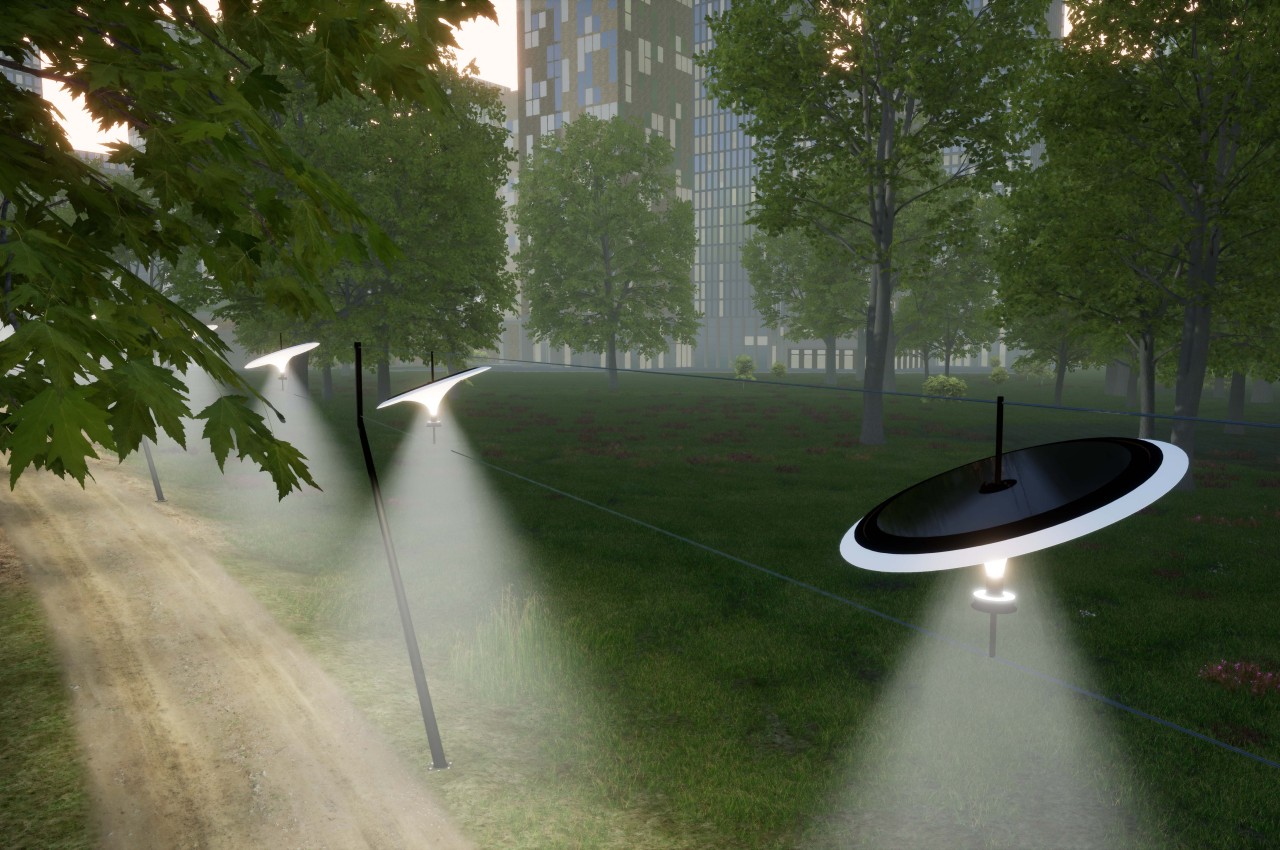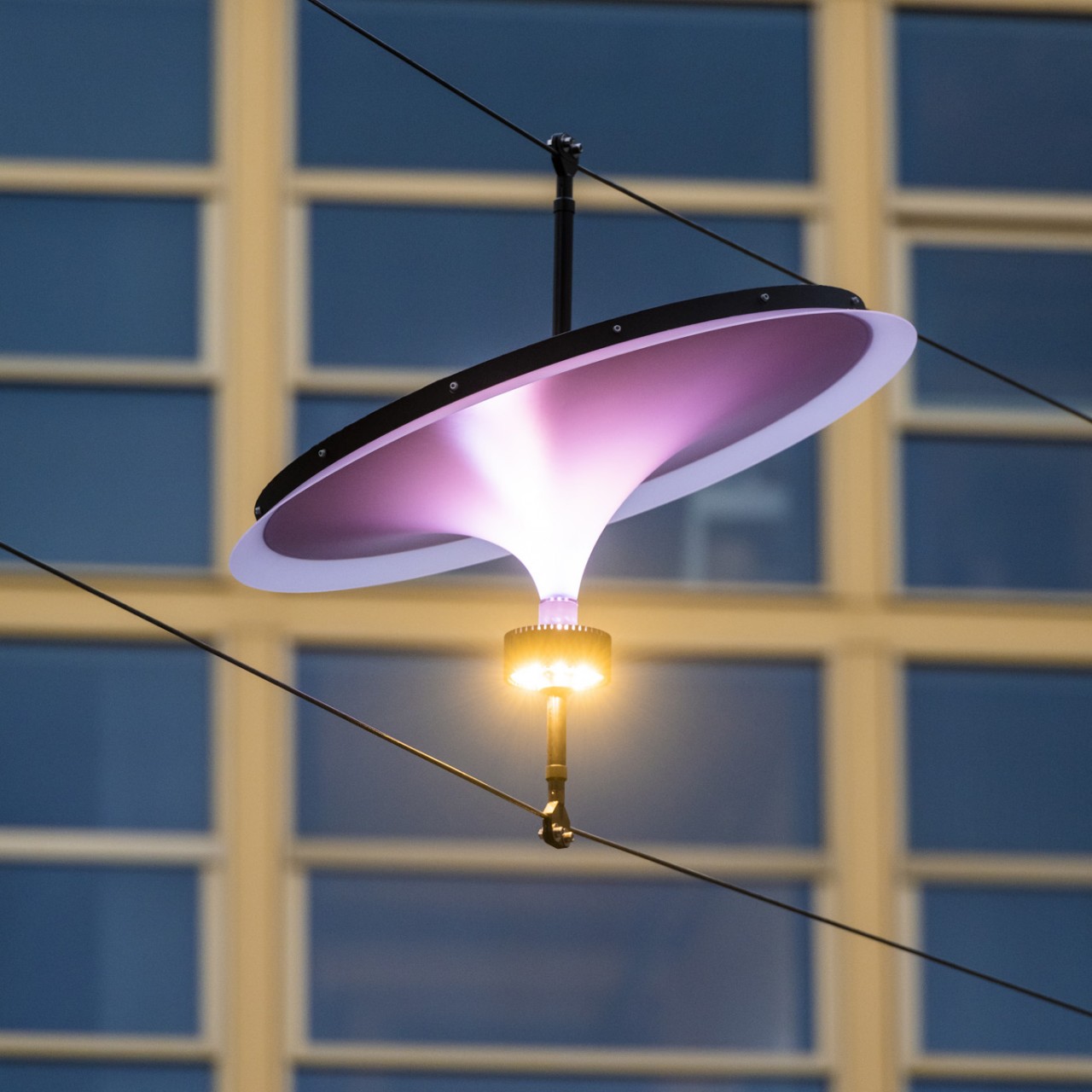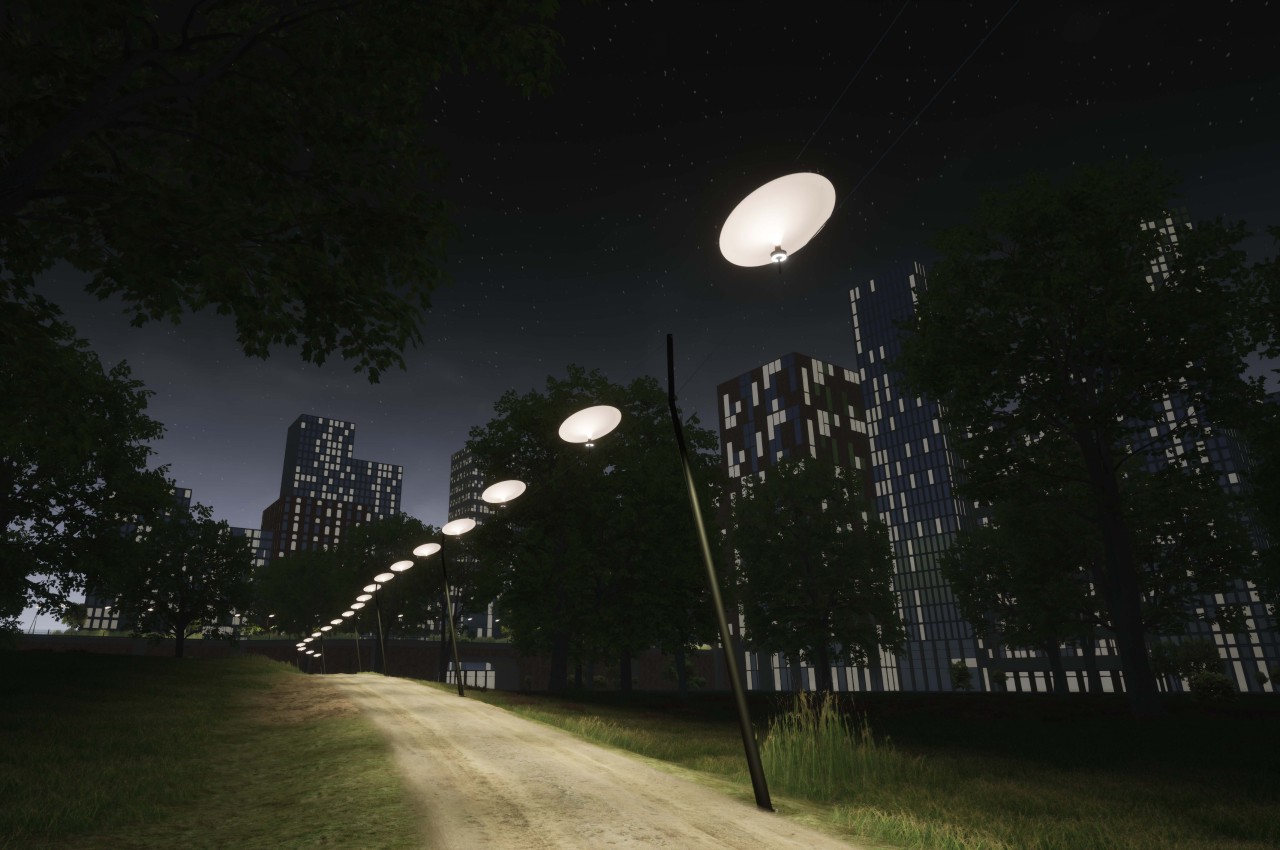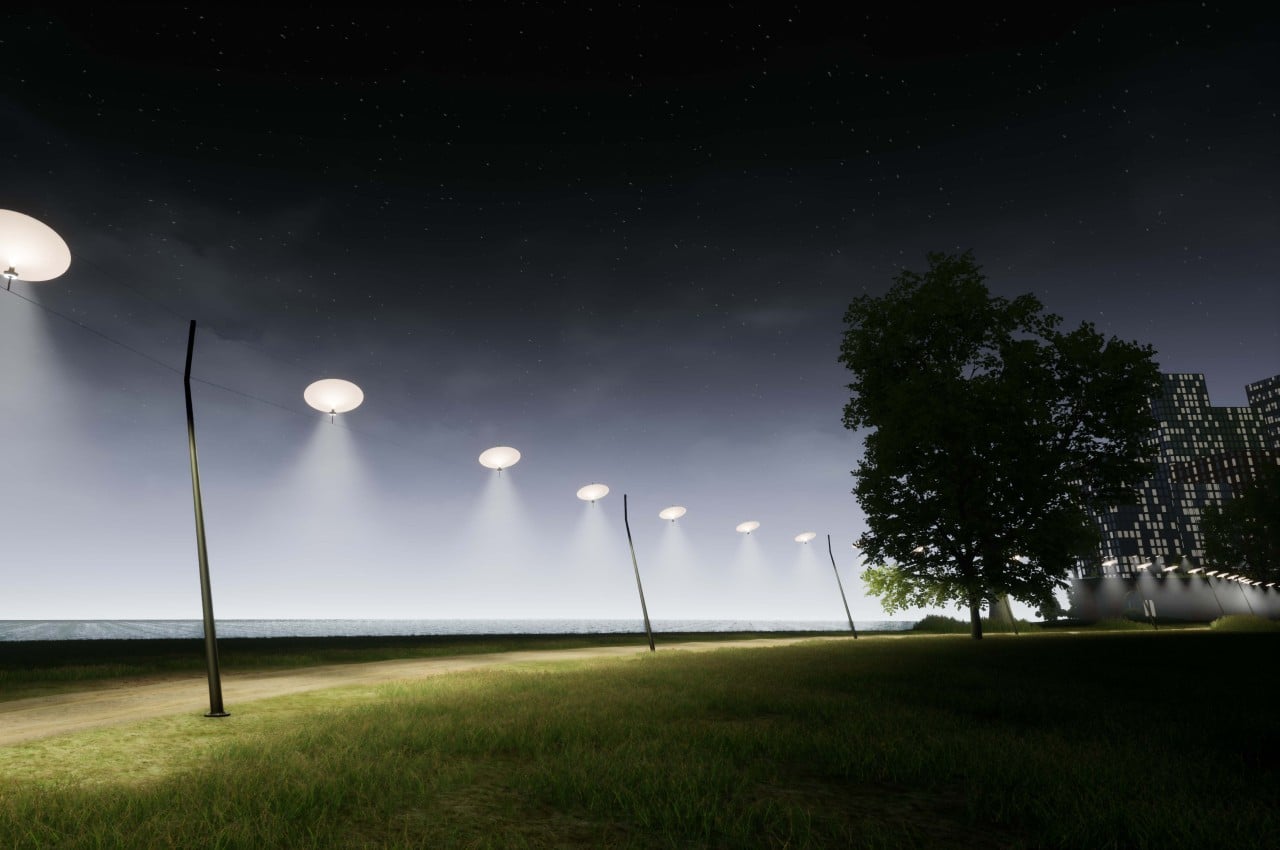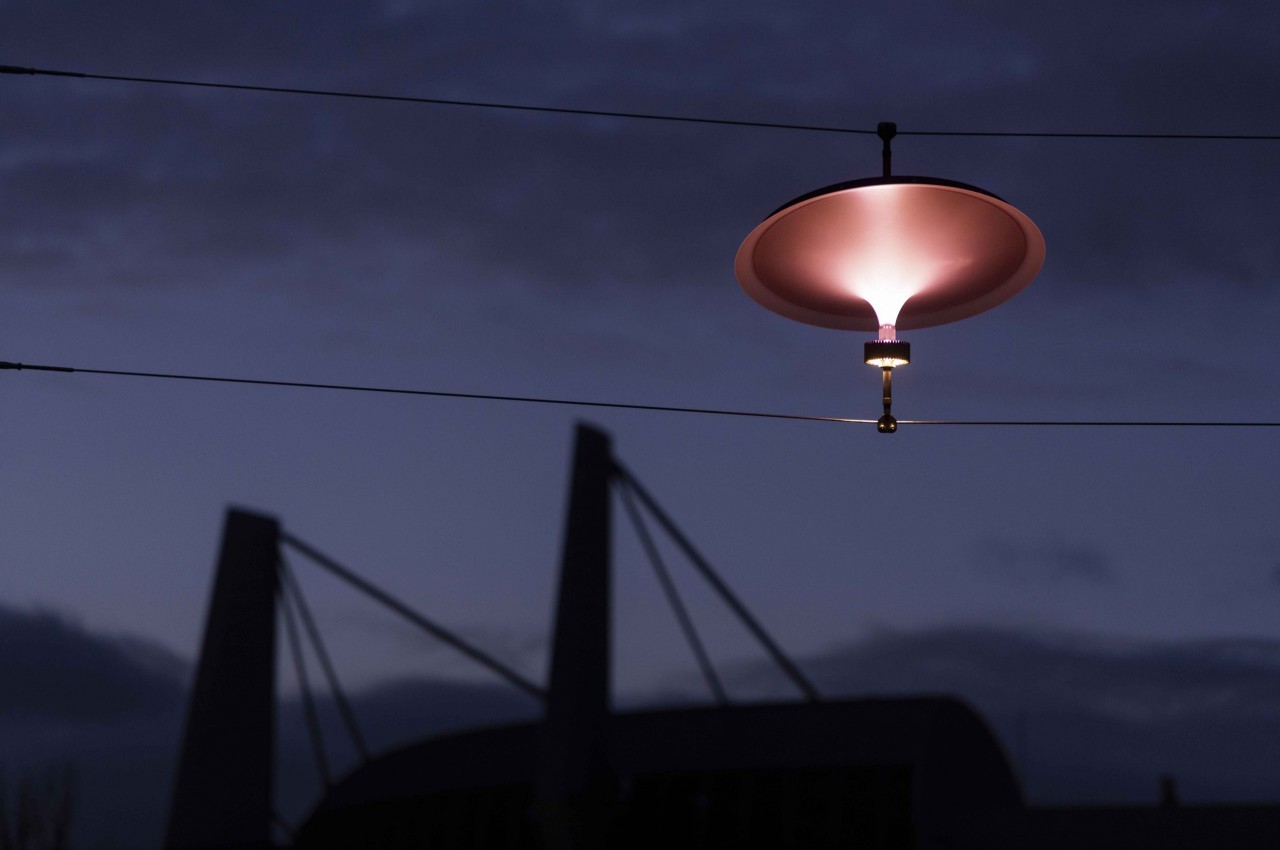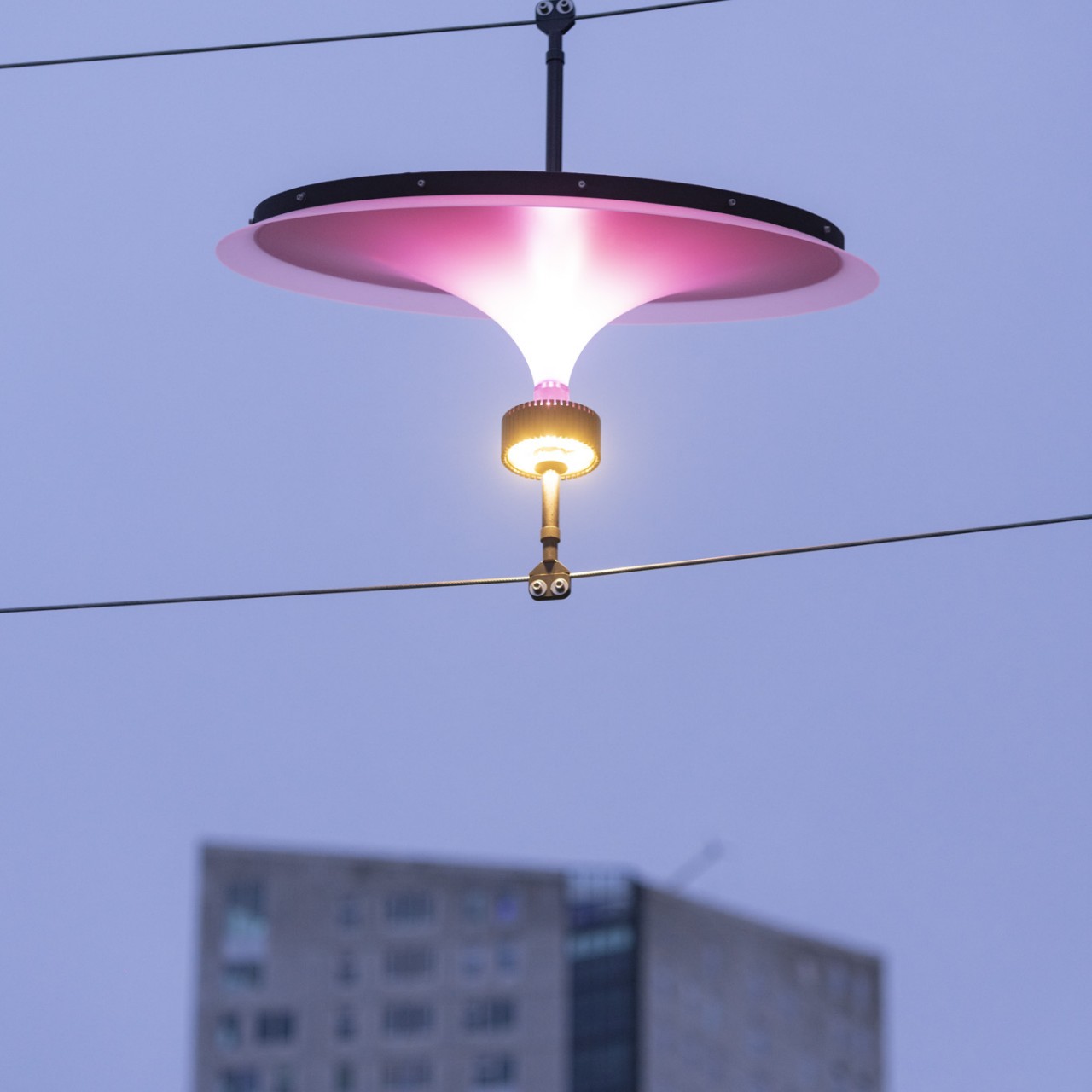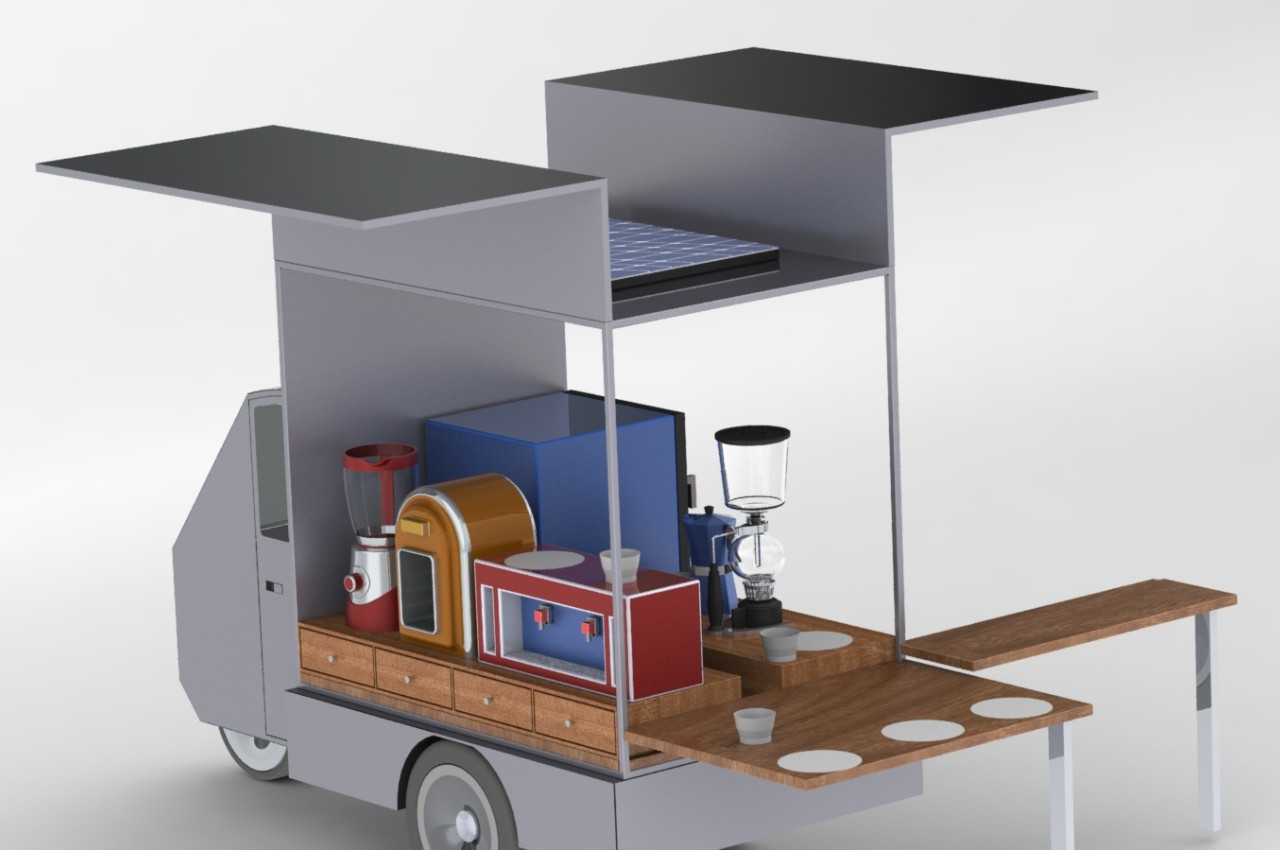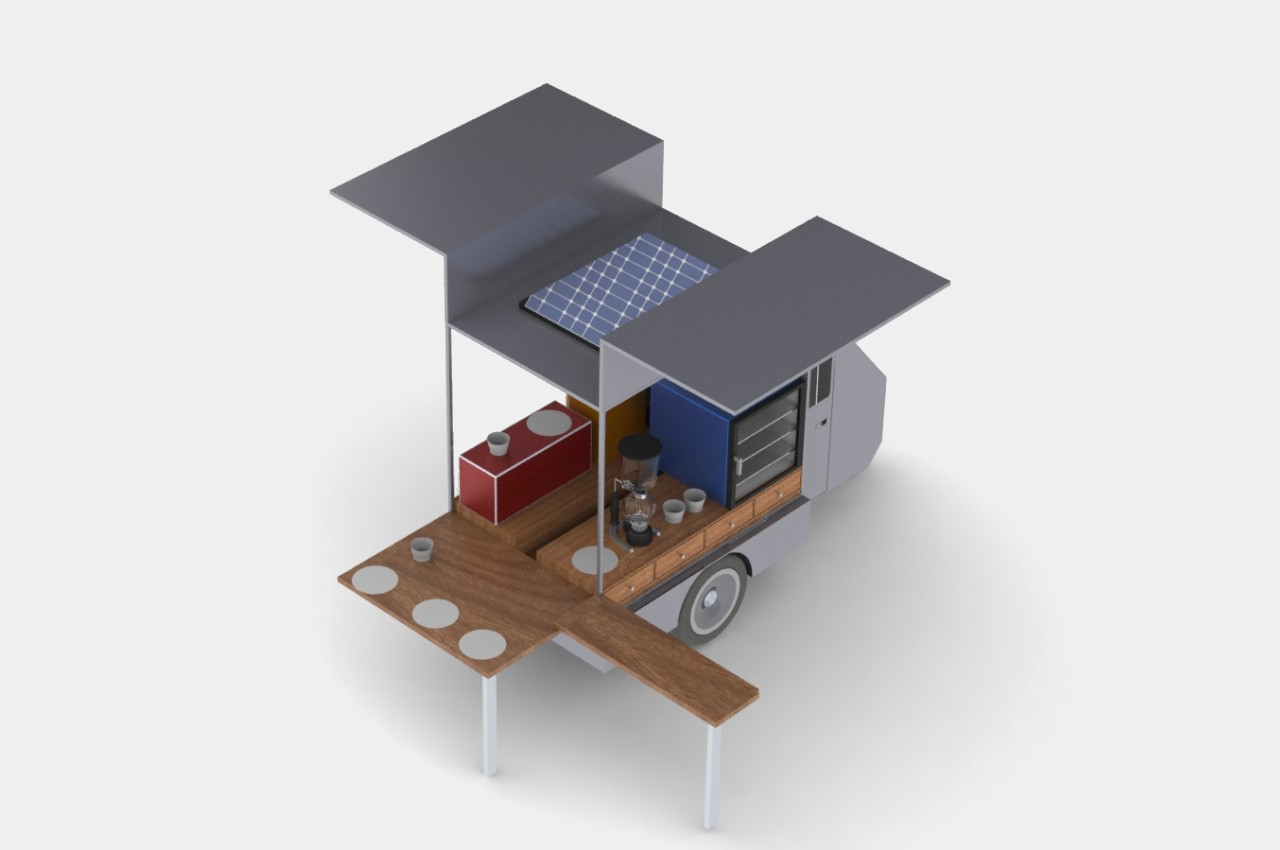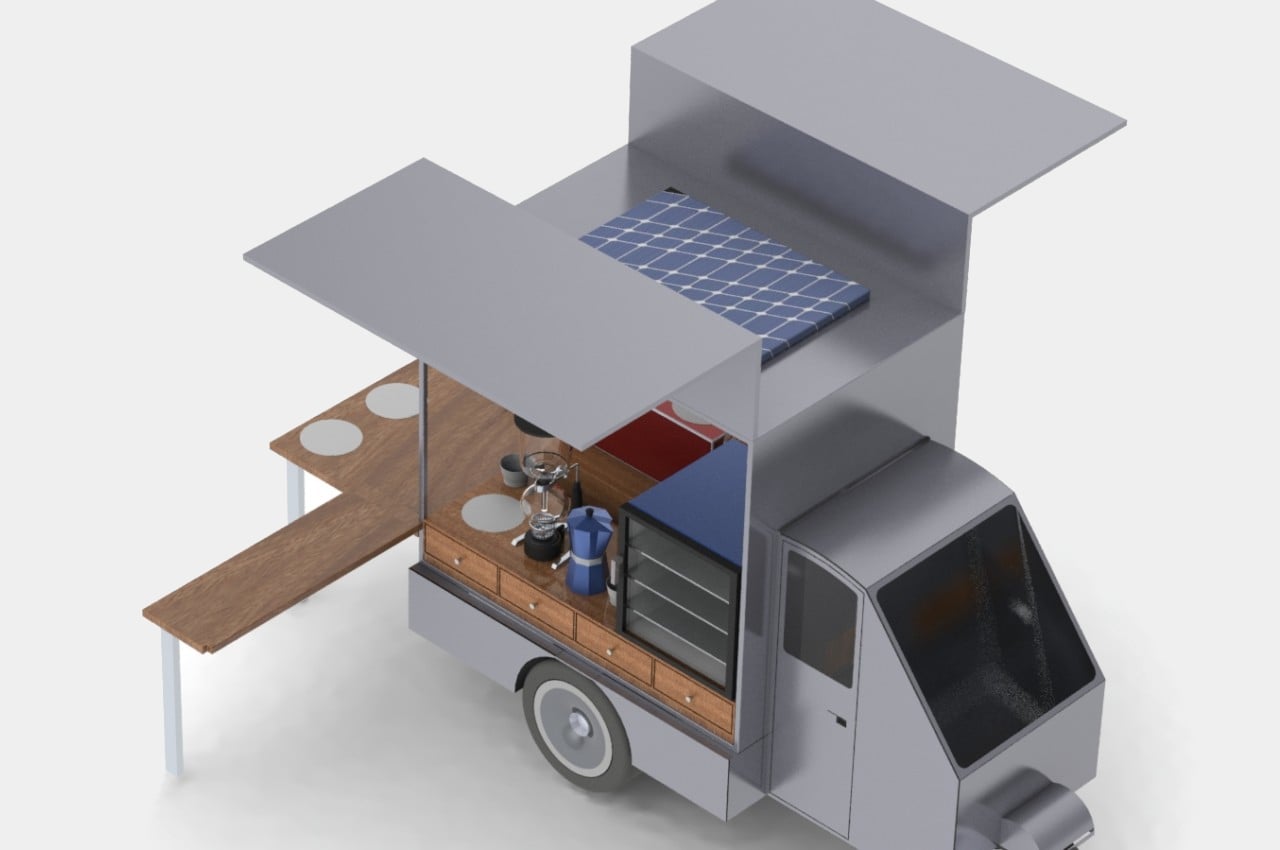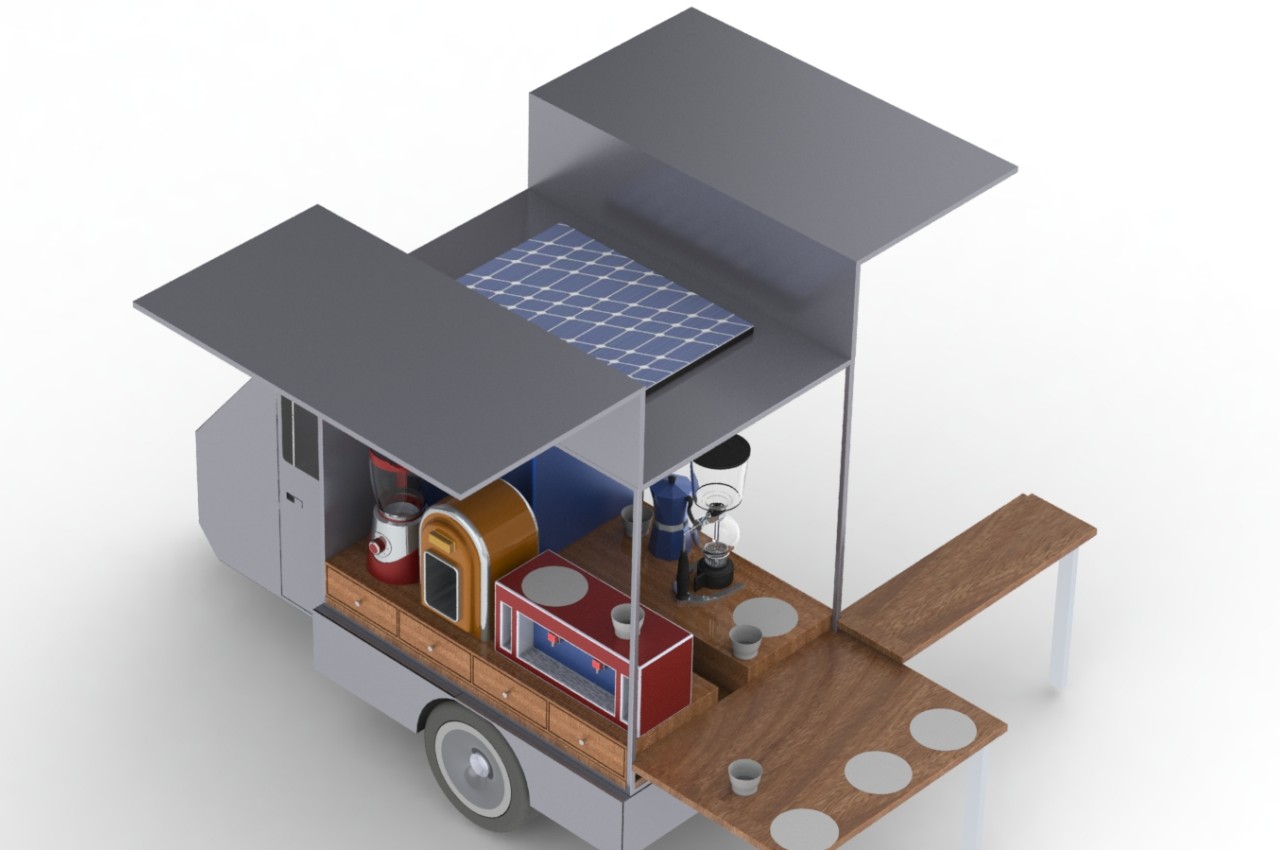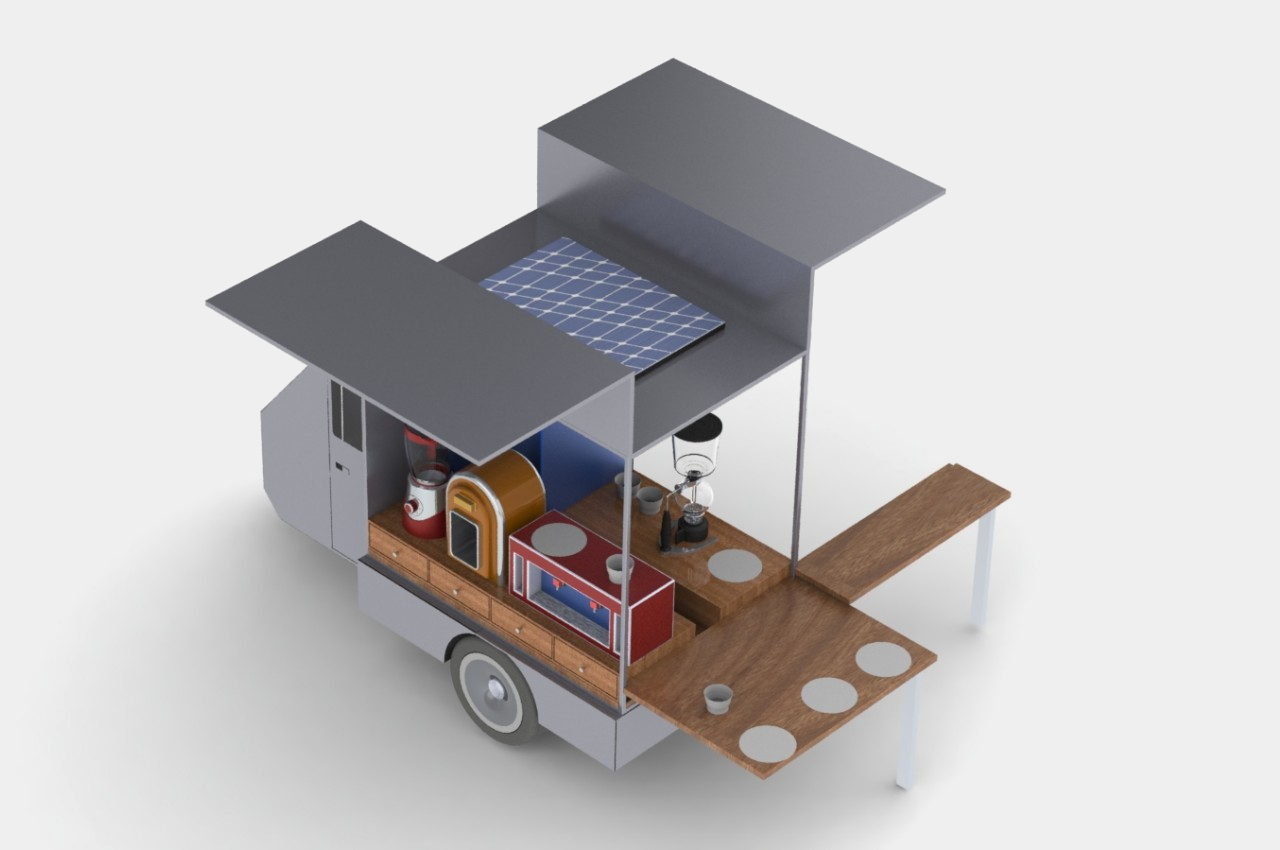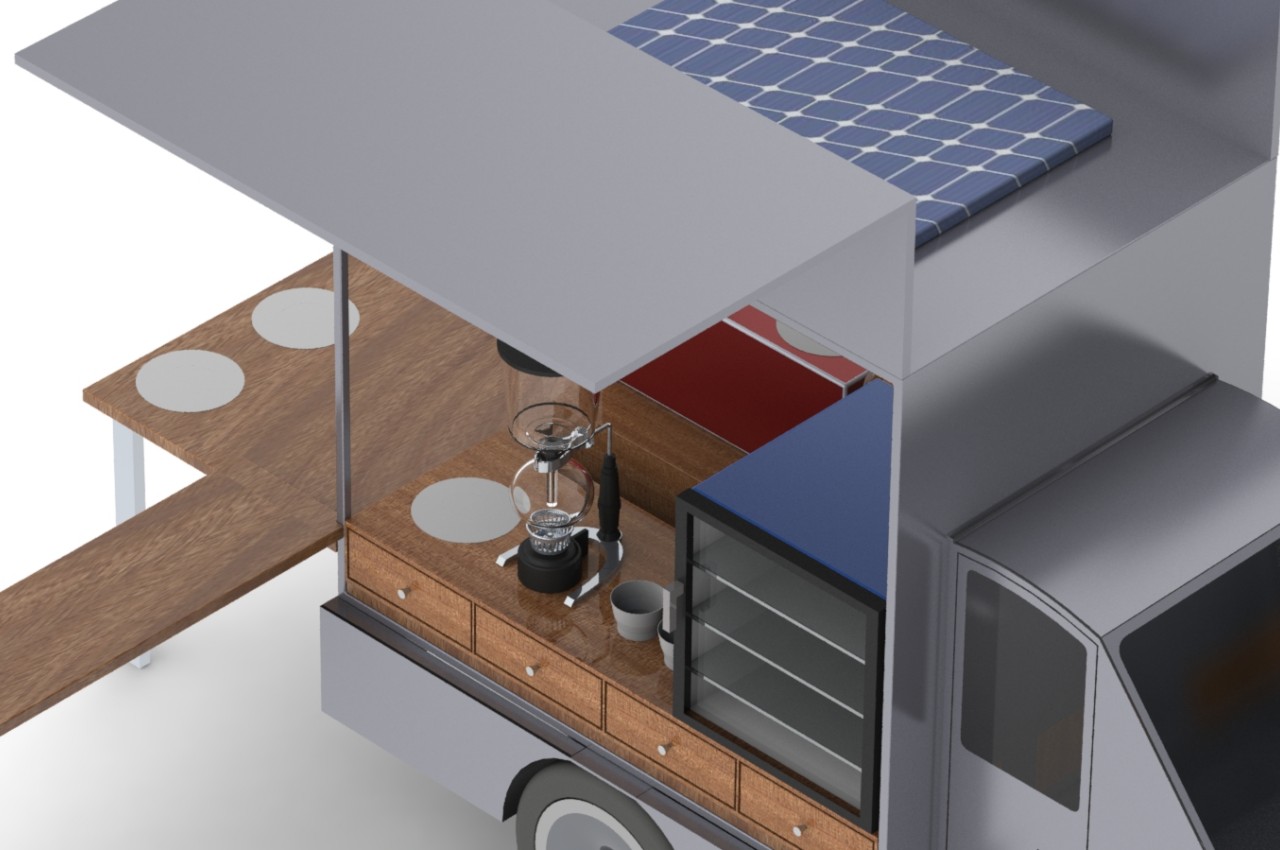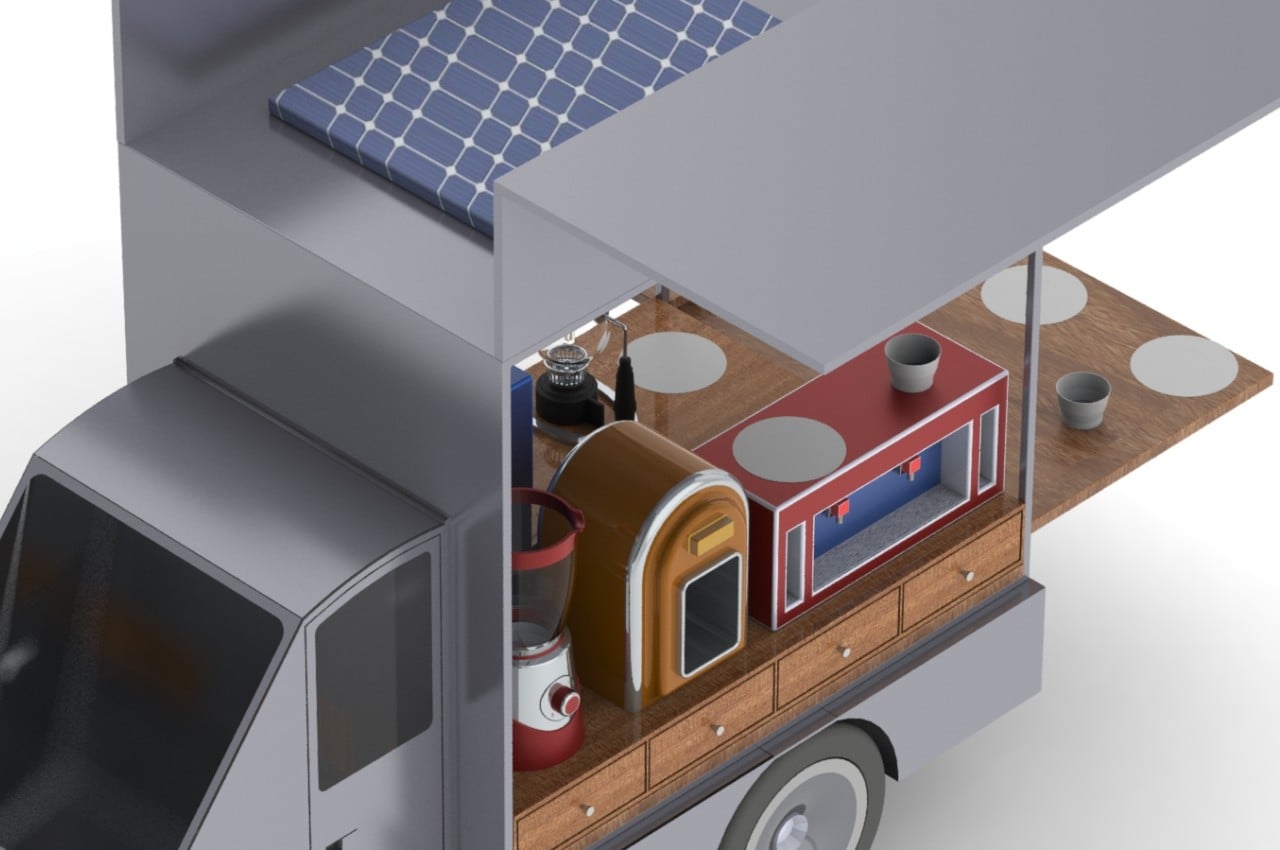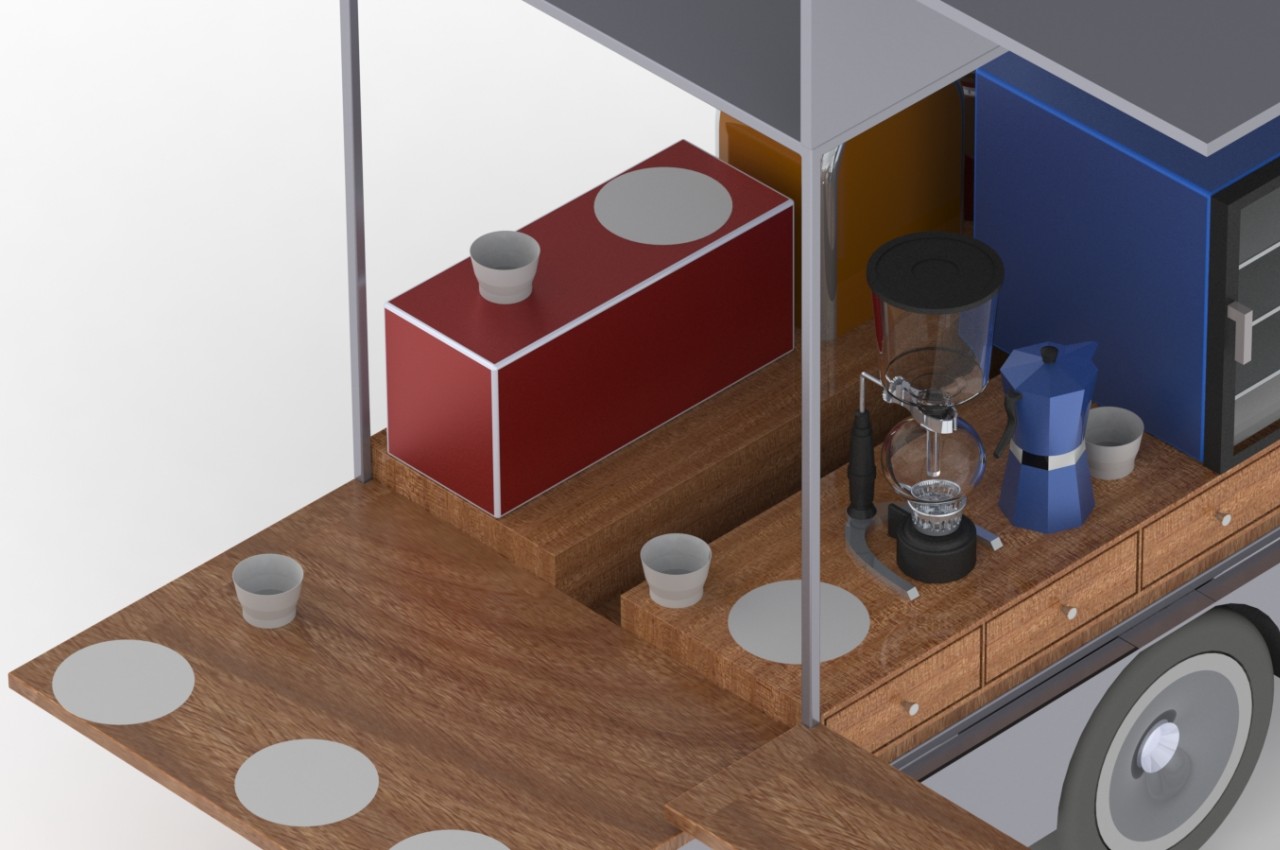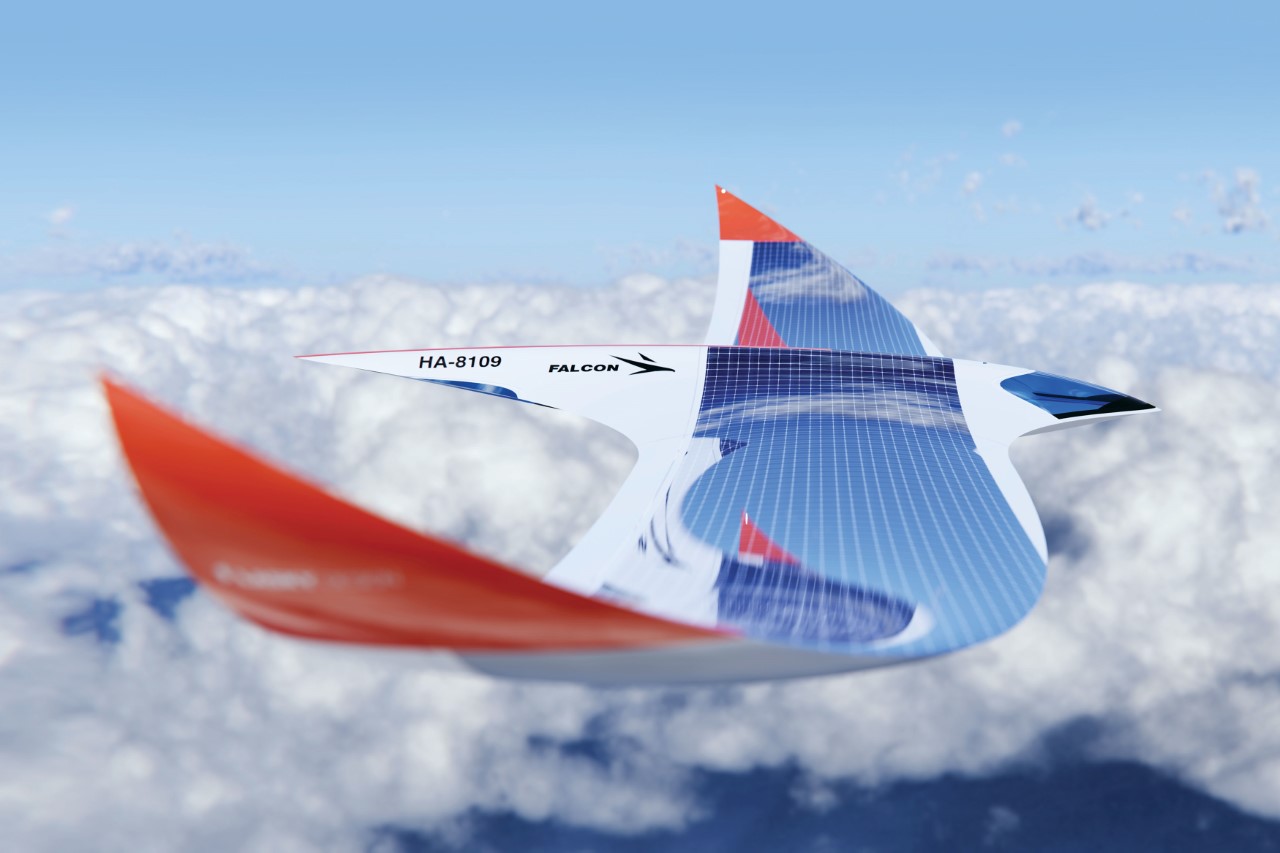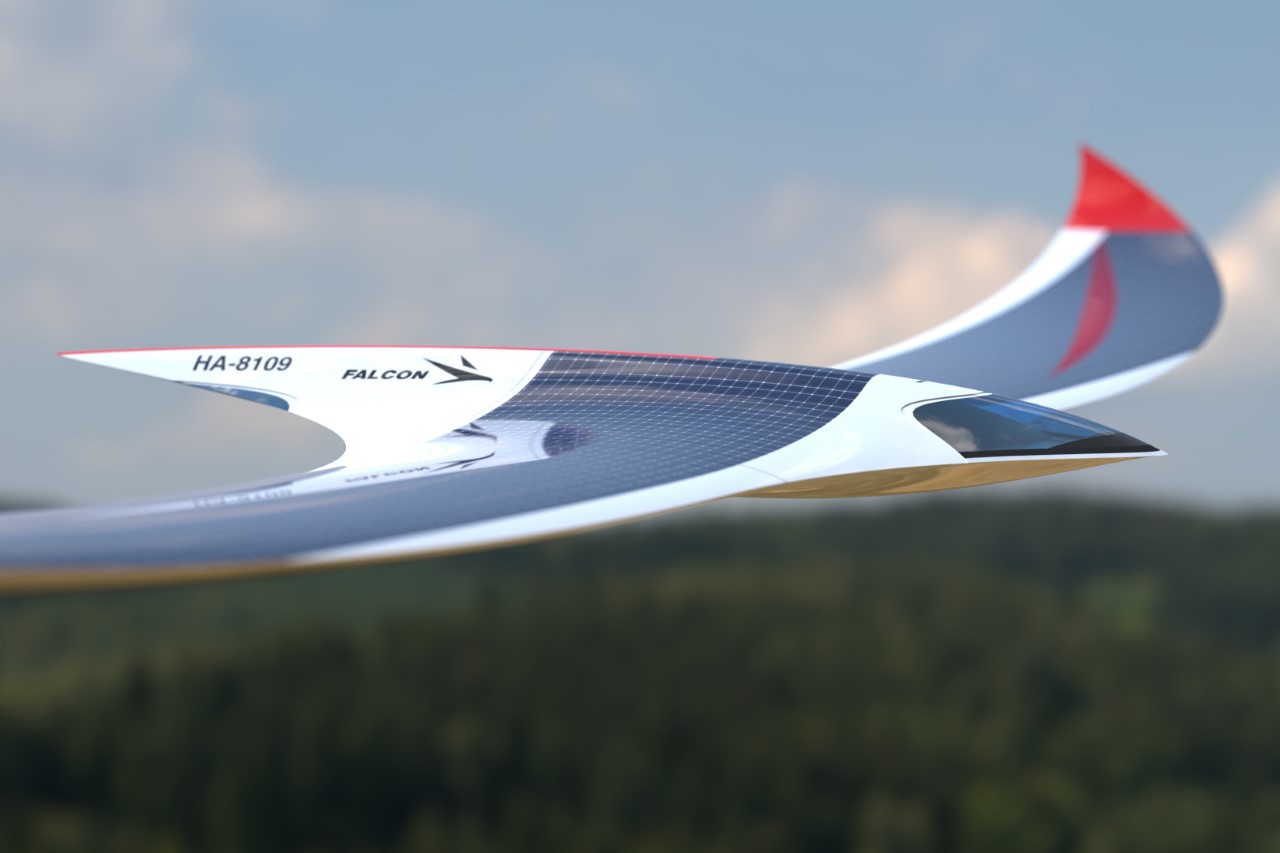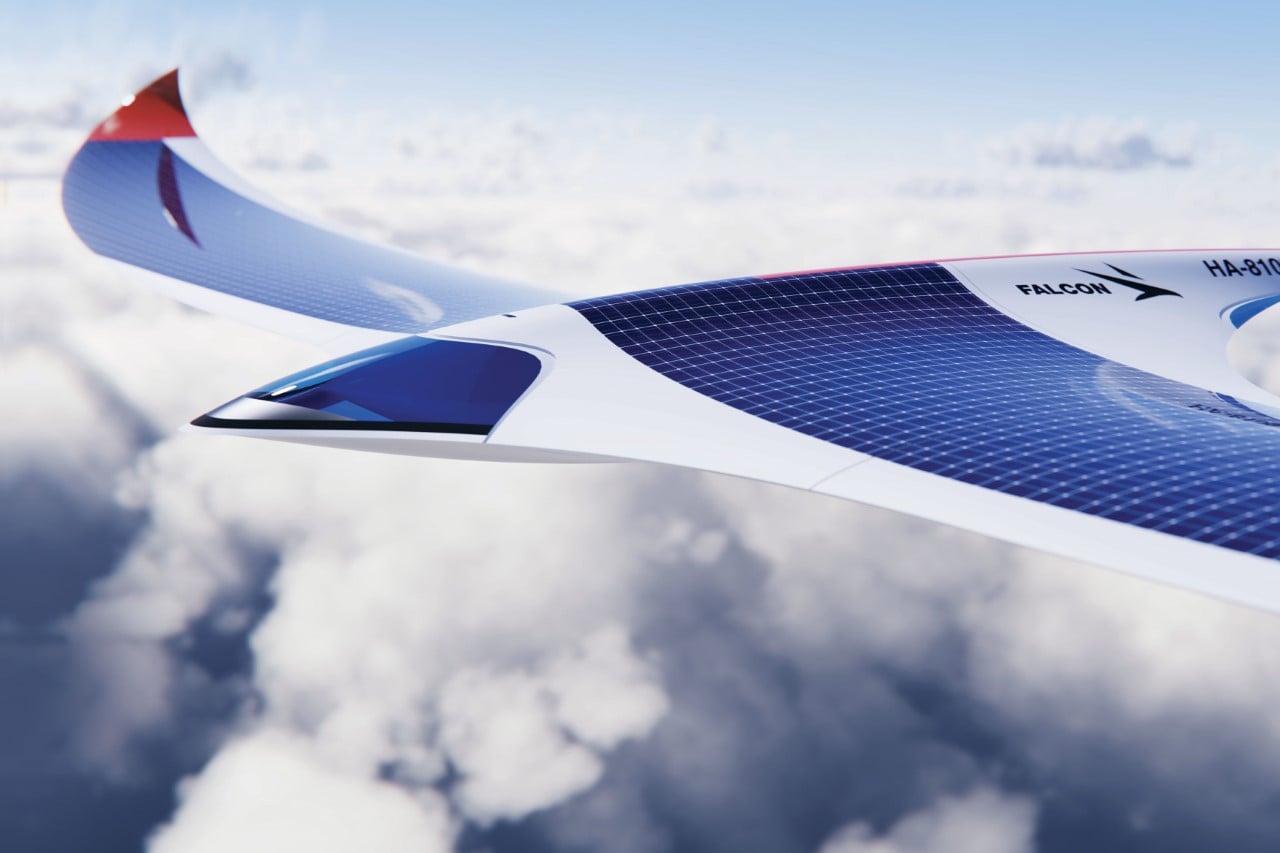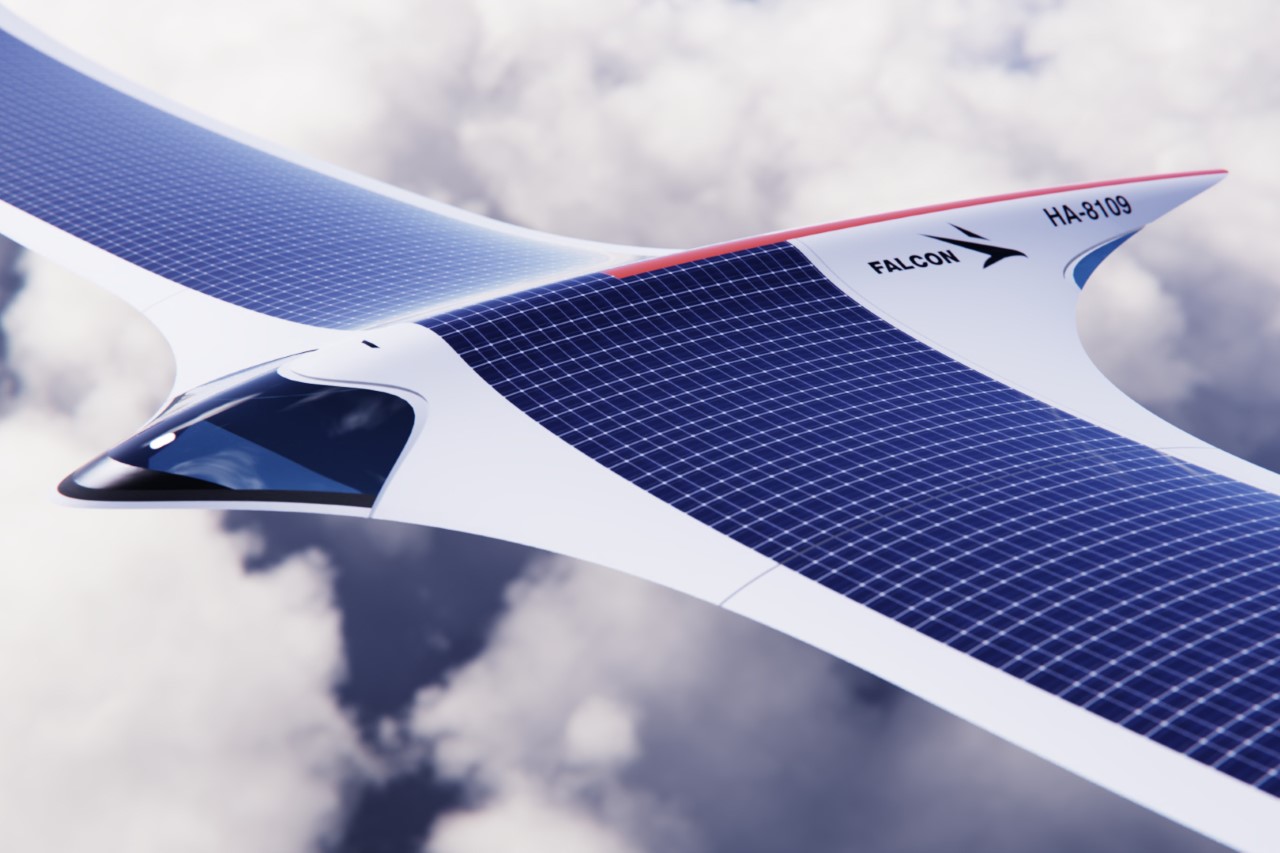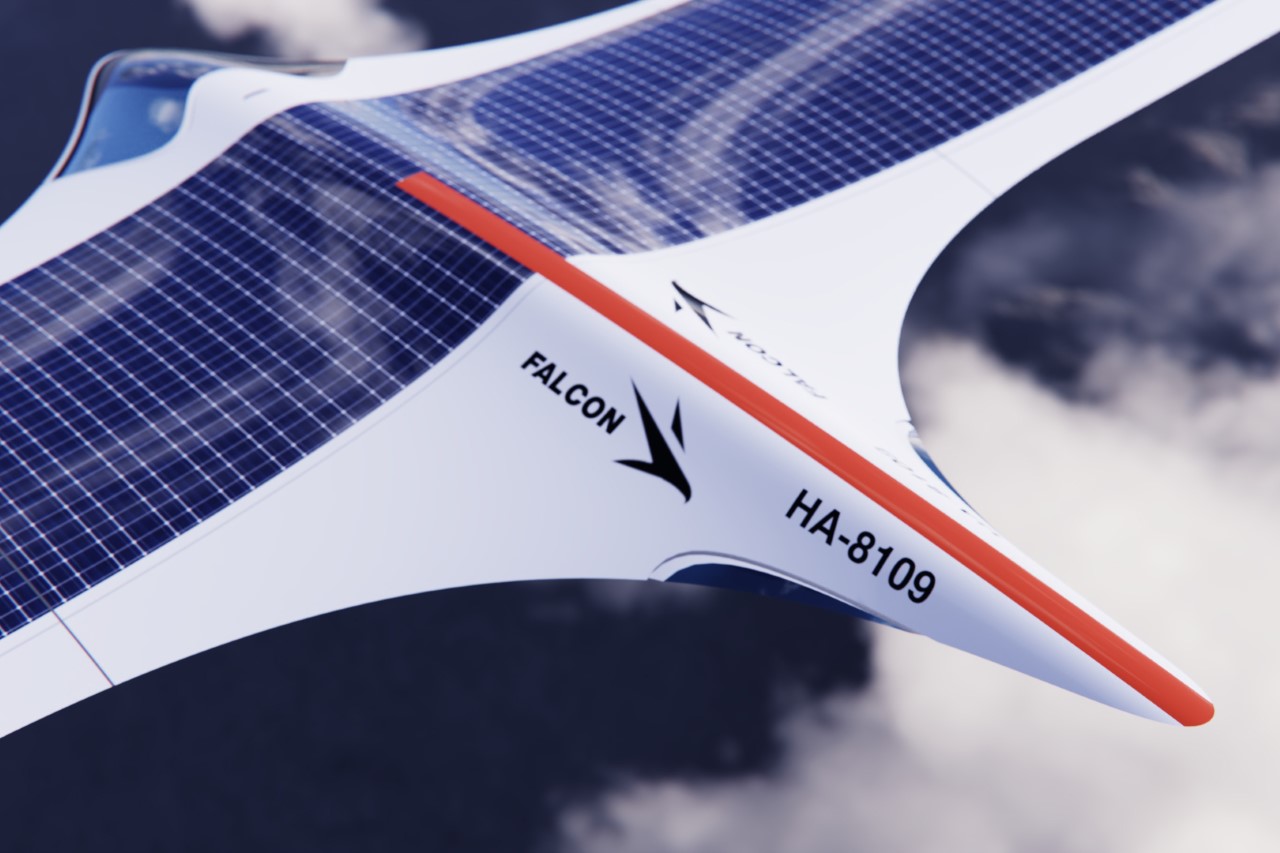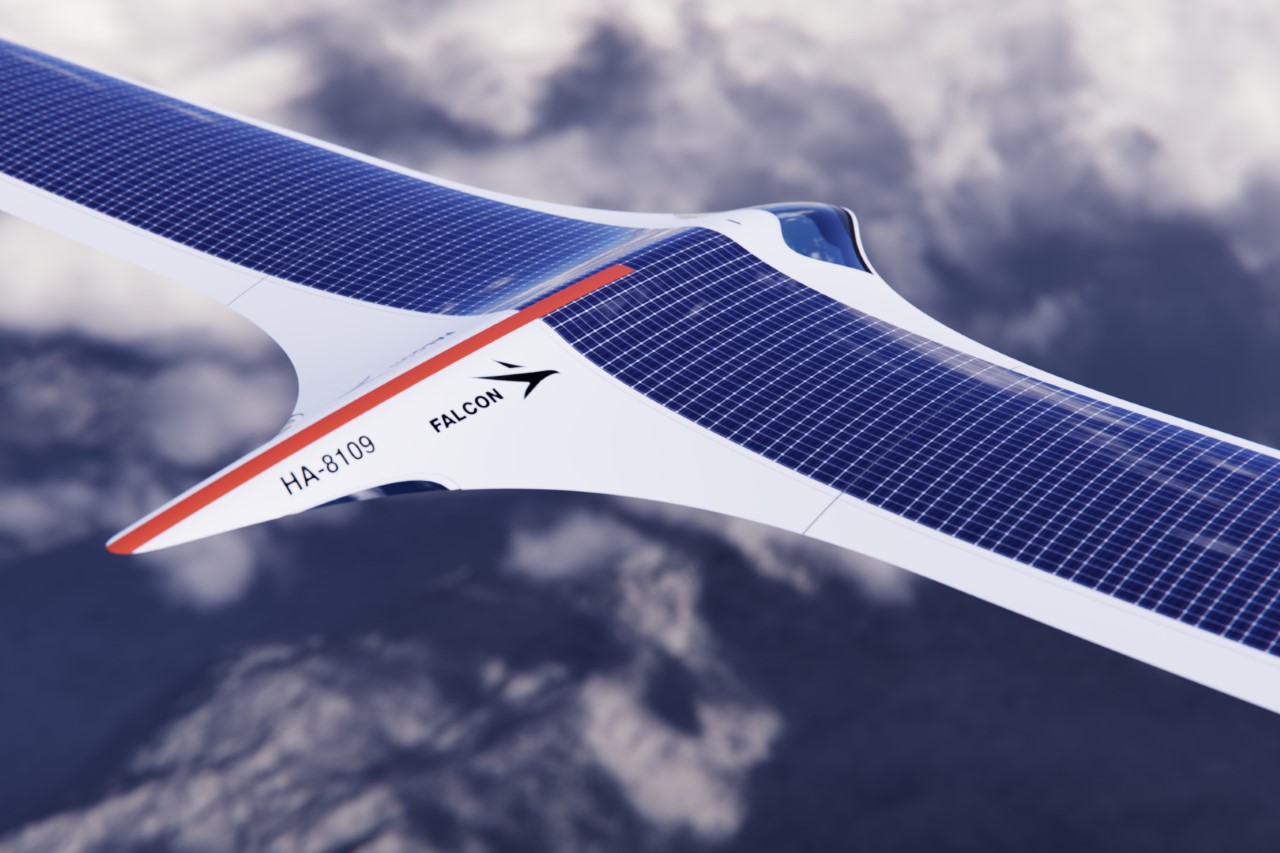
In the privileged corners of the world, it’s easy to take for granted the amenities that define modern life—consistent electricity, reliable refrigeration, and an abundance of technological conveniences. However, a significant portion of the global population struggles to access what many consider basic necessities. This disparity underscores a broader issue: our comforts, powered by unsustainable practices, contribute to long-term environmental degradation. EasyFreeze finds a good balance between the two, embracing more sustainable alternatives, which is not just a nod to the past but a necessary step toward a viable future.
Designer: Amped Innovation
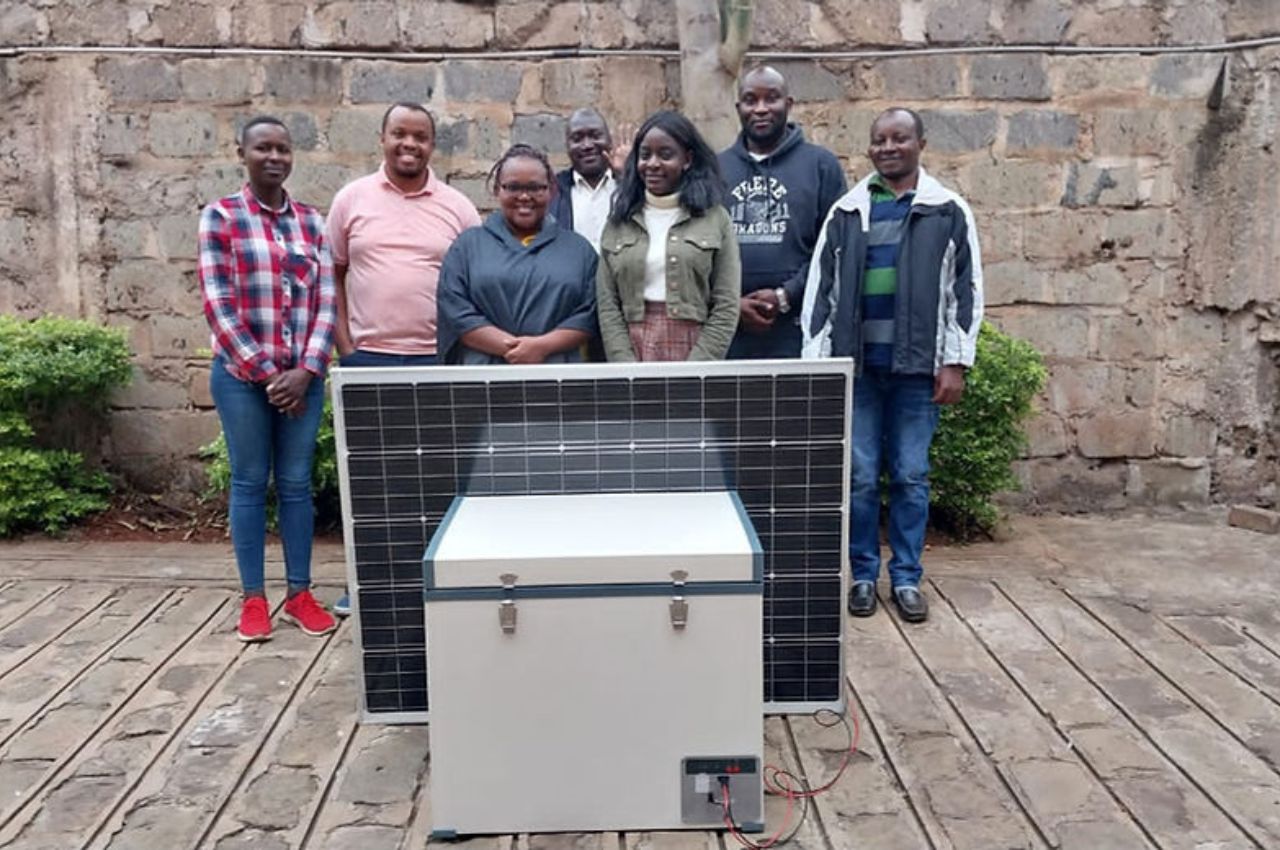
Imagine living in Lagos, Nigeria, where daily power outages can last for hours. In such conditions, a conventional refrigerator is nearly useless, and consequently, very few people own one. However, Amped Innovation, a forward-thinking startup, has developed a game-changing solution: the EasyFreeze, a solar-powered fridge designed to operate efficiently even with an unreliable grid or completely off-grid. This innovation is particularly transformative for regions rich in solar energy but poor in infrastructure.
The EasyFreeze is a meticulously designed fridge and freezer capable of refrigeration in under 20 minutes (reaching 8ºC) and freezing in less than an hour (0ºC). Unlike typical cold storage solutions, it maintains its temperature for up to 40 hours during power outages or on cloudy days, ensuring reliability in even the most challenging conditions.

A significant innovation within EasyFreeze is its use of an “ice battery” instead of traditional lithium-ion batteries. Lithium-ion batteries, while common, are expensive, prone to overheating, have a shorter lifespan, and pose safety risks. The ice battery system in EasyFreeze utilizes ice pouches embedded within the refrigerator walls to absorb and release heat. These pouches are cooled by solar panels during the day or by grid power when available, enabling the fridge to remain cold for extended periods without active power. This system not only enhances safety and durability but also significantly reduces costs.

Amped Innovation is rolling out the EasyFreeze across more than a dozen countries in sub-Saharan Africa and Asia, focusing on communities that are hardest to reach. Small businesses, such as corner stores, benefit immensely from the ability to sell cold beverages and ice, while medical clinics and hospitals can safely store medicines and vaccines at precise temperatures. The fridge’s design prioritizes off-grid efficiency, with proprietary circuits, software, and mechanical designs to deliver city-like performance in rural settings.
One of the distinguishing features of the EasyFreeze is its durability. Unlike many other solar refrigerators that fail within a year of use, the EasyFreeze is built to last. The equipment is assembled locally to avoid steep import fees and reduce costs, ensuring affordability without compromising on quality. This holistic approach to product design and distribution makes EasyFreeze not only efficient but also economically viable.
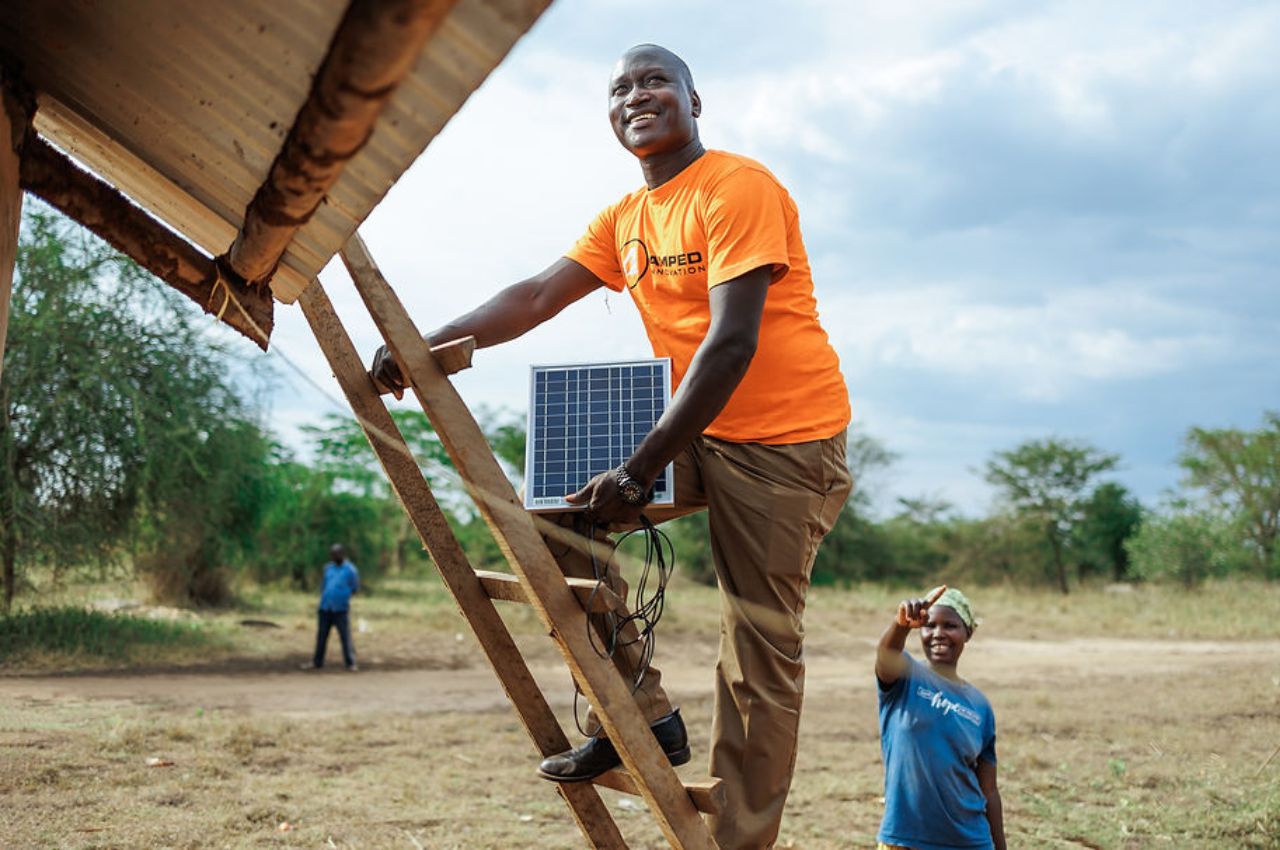
The EasyFreeze uses R-600a refrigerant, which has zero ozone depletion potential (ODP) and a very low global warming potential (GWP). It is at least 38% more energy-efficient than other market options, thanks to its powerful 225W compressor and thick, 75mm closed-cell polyurethane insulation. These features ensure the fastest cool-down times and the longest autonomy—maintaining efficient cold storage for up to 18 times longer than other freezers during power outages.
While the EasyFreeze is not inexpensive, retailers charge around $900, it remains within reach of middle-class families in countries like Nigeria. This price point reflects a commitment to quality and long-term affordability, prioritizing the total cost of ownership over the initial purchase price. Amped Innovation’s focus on high-quality materials and efficient design means EasyFreeze offers unmatched value, making it accessible to a broader audience.

The EasyFreeze’s utility extends beyond developing regions. Following the wildfires in Maui in 2023, the fridge garnered interest from residents in Hawaii. With electricity costs in Hawaii being exceptionally high, EasyFreeze offers a payback period of just two years, making it an economically attractive solution for both disaster resilience and everyday use.
As we acknowledge the privileges that many of us enjoy, it is crucial to recognize the pressing need for sustainable innovations that can bridge the gap for those less fortunate. The EasyFreeze exemplifies how thoughtful, eco-friendly design can transform lives, providing reliable refrigeration in areas with unreliable power. Amped Innovation’s focus on efficiency, durability, and affordability positions EasyFreeze to become a conventional choice for refrigeration in parts of Africa and Asia that receive ample sunlight. This remarkable appliance not only meets the immediate needs of its users but also paves the way for a more sustainable future.
The post Solar-Powered Fridge Doesn’t Require Electricity And Can Run For 40 Hours Without Power first appeared on Yanko Design.
